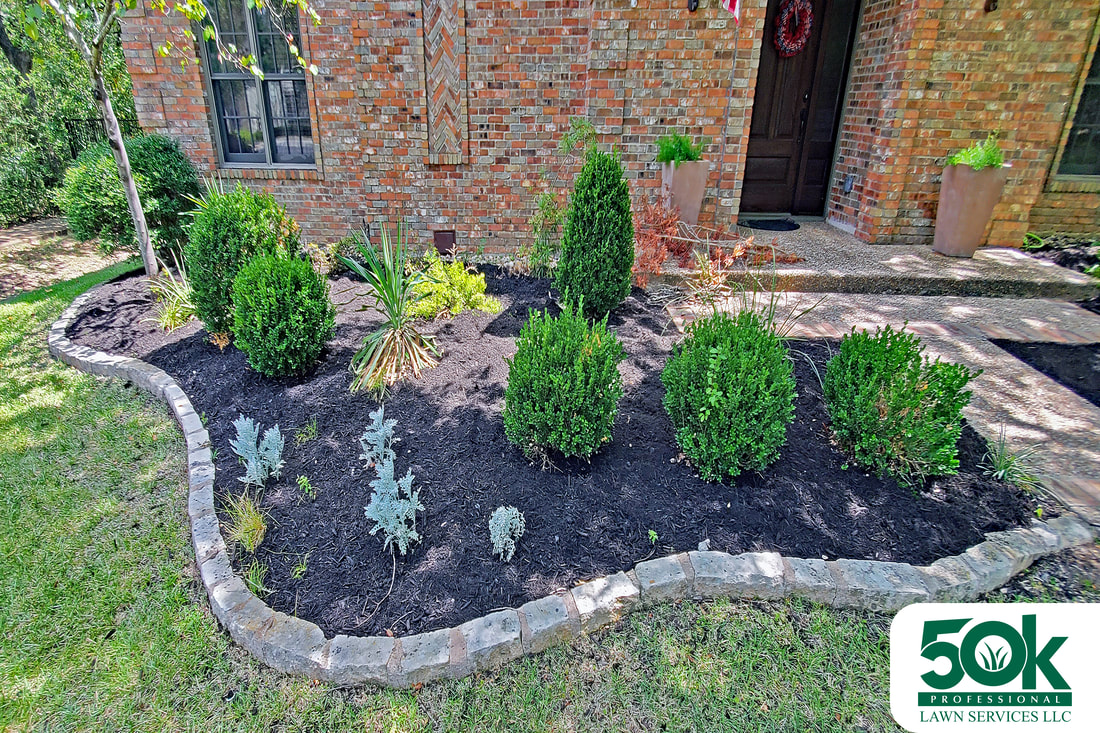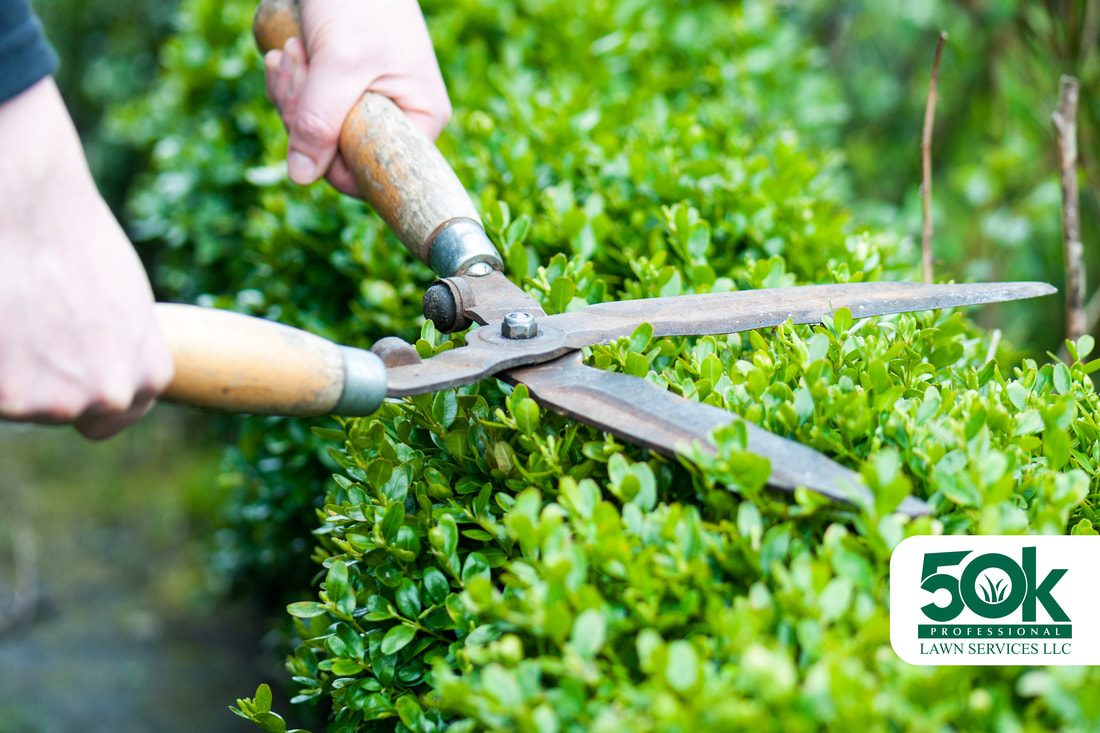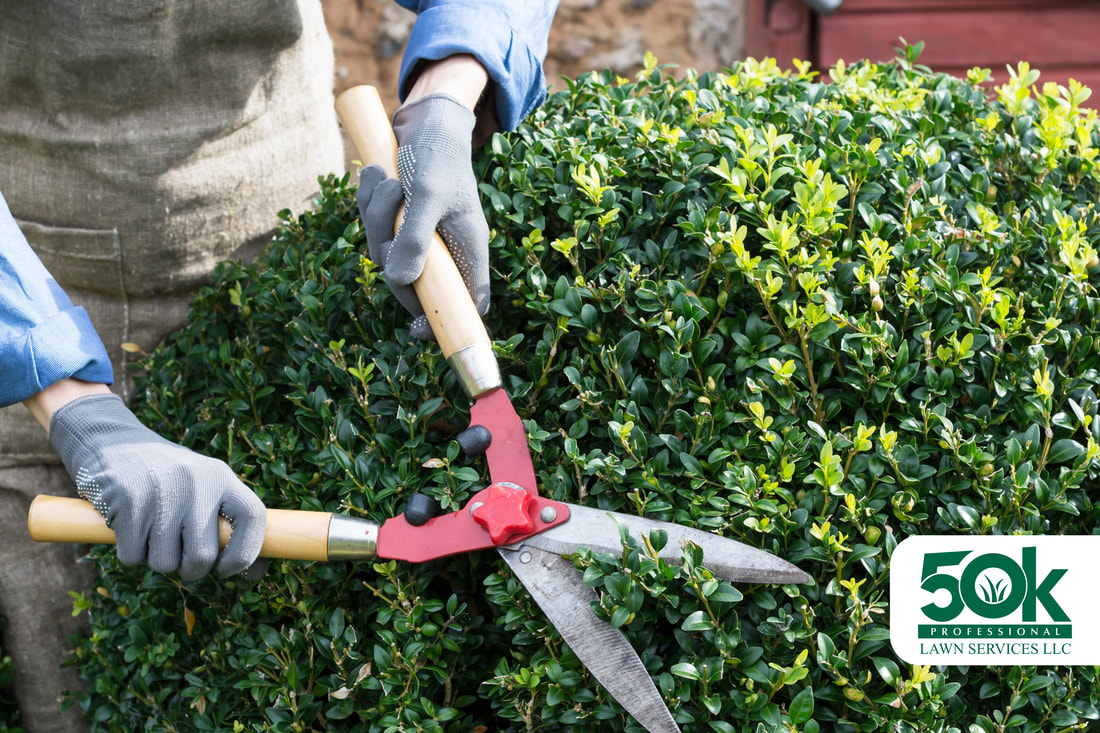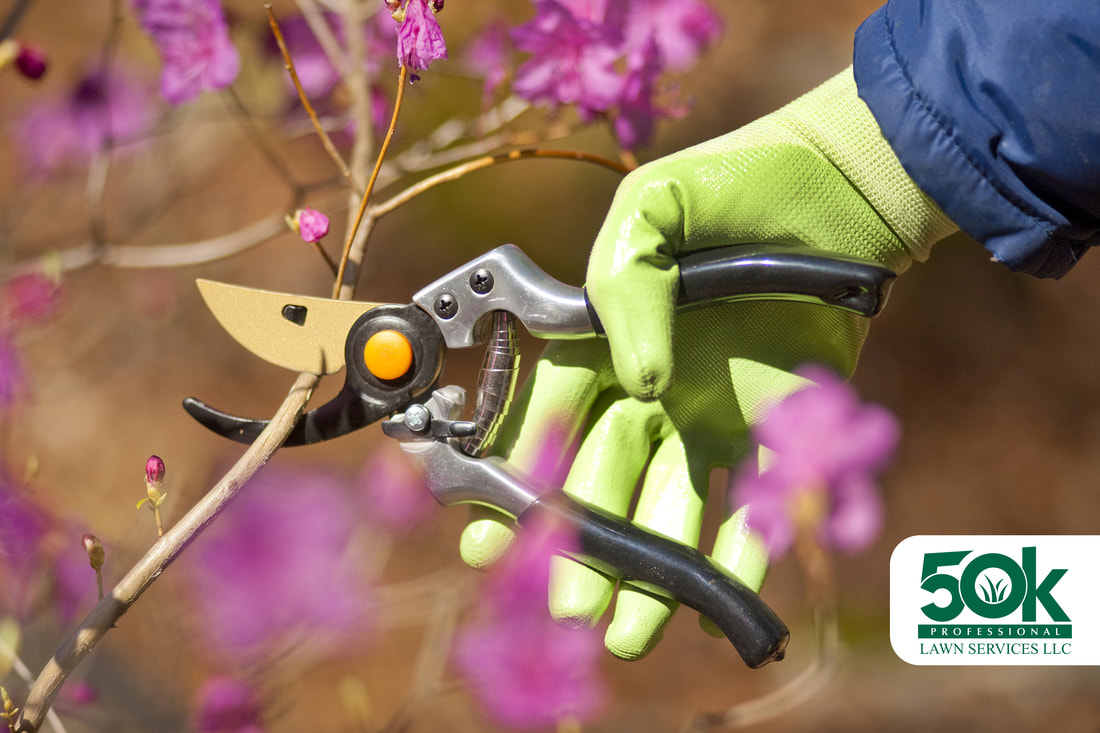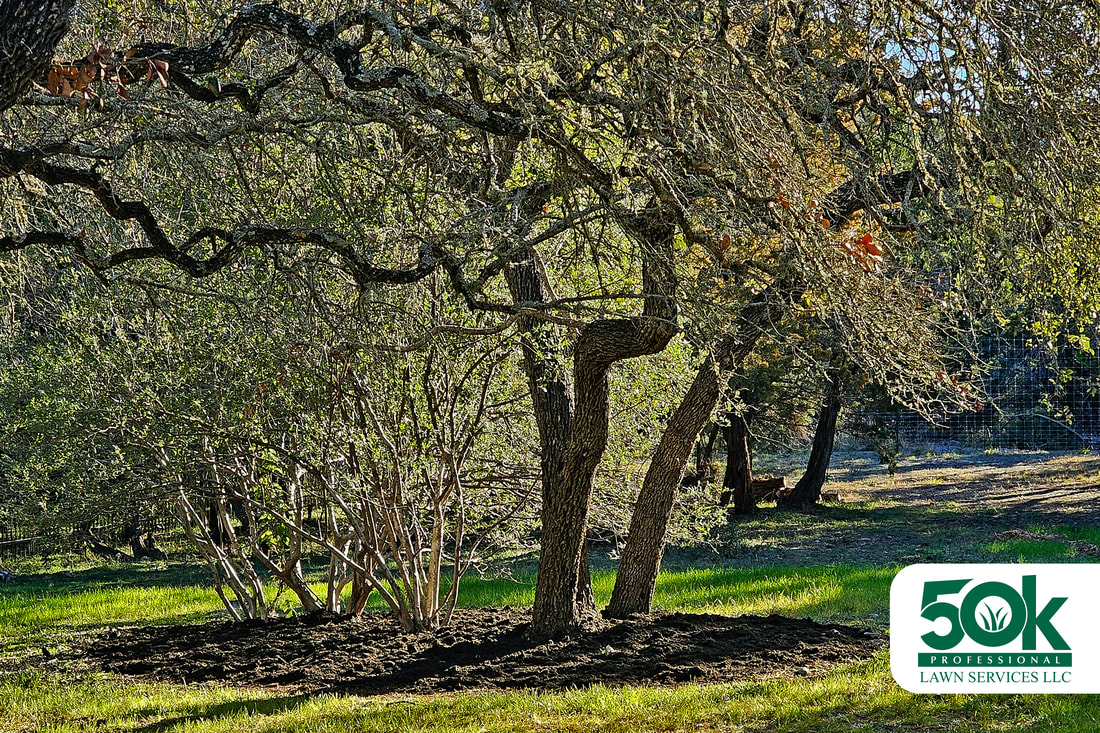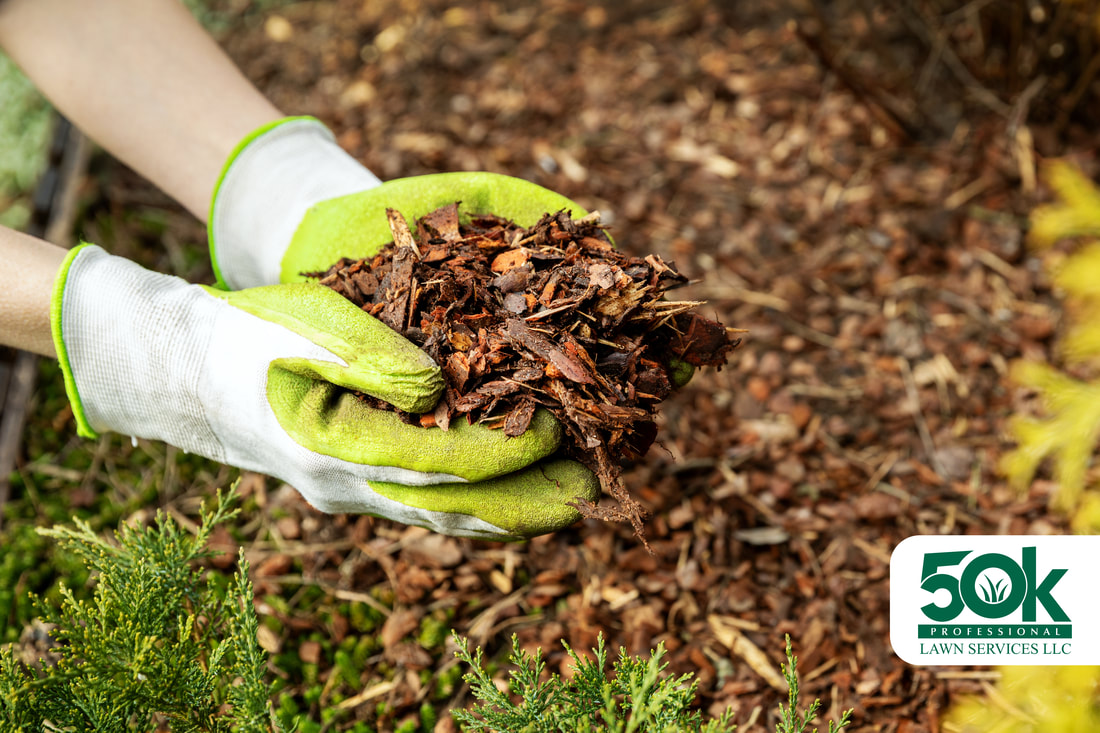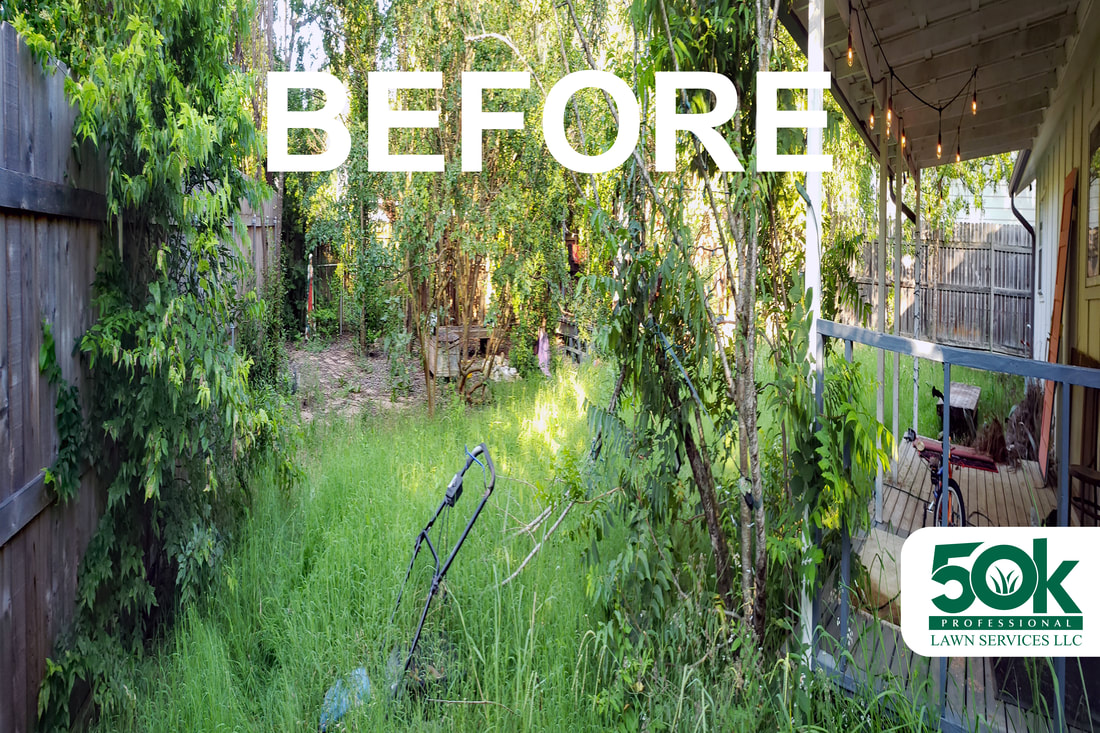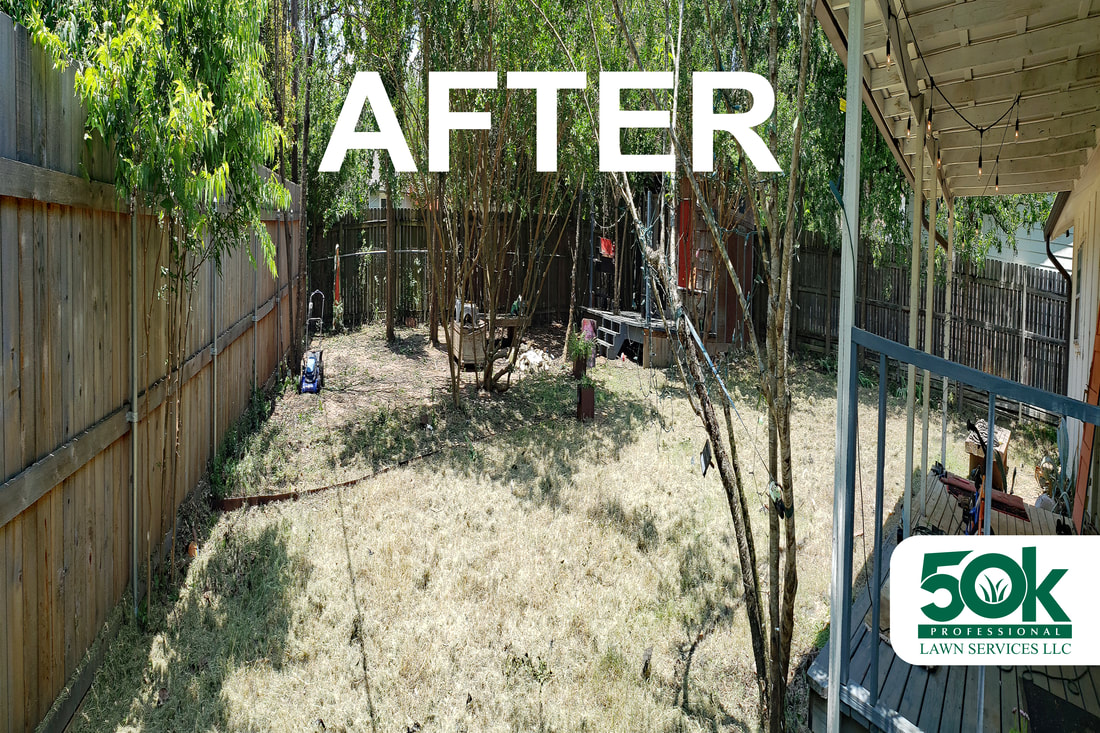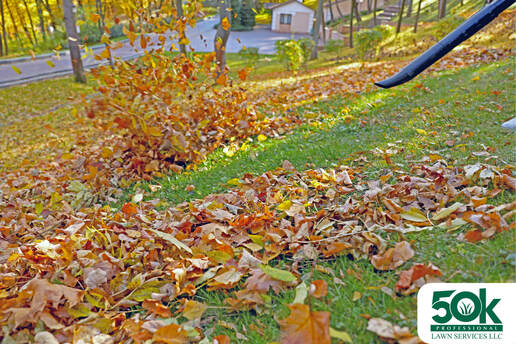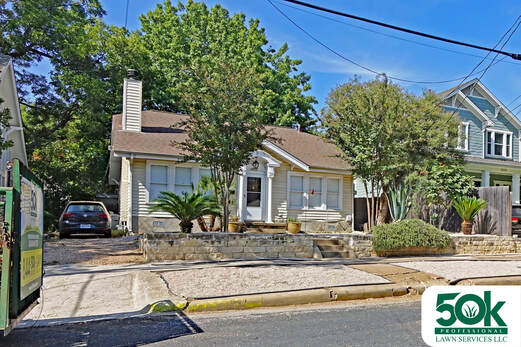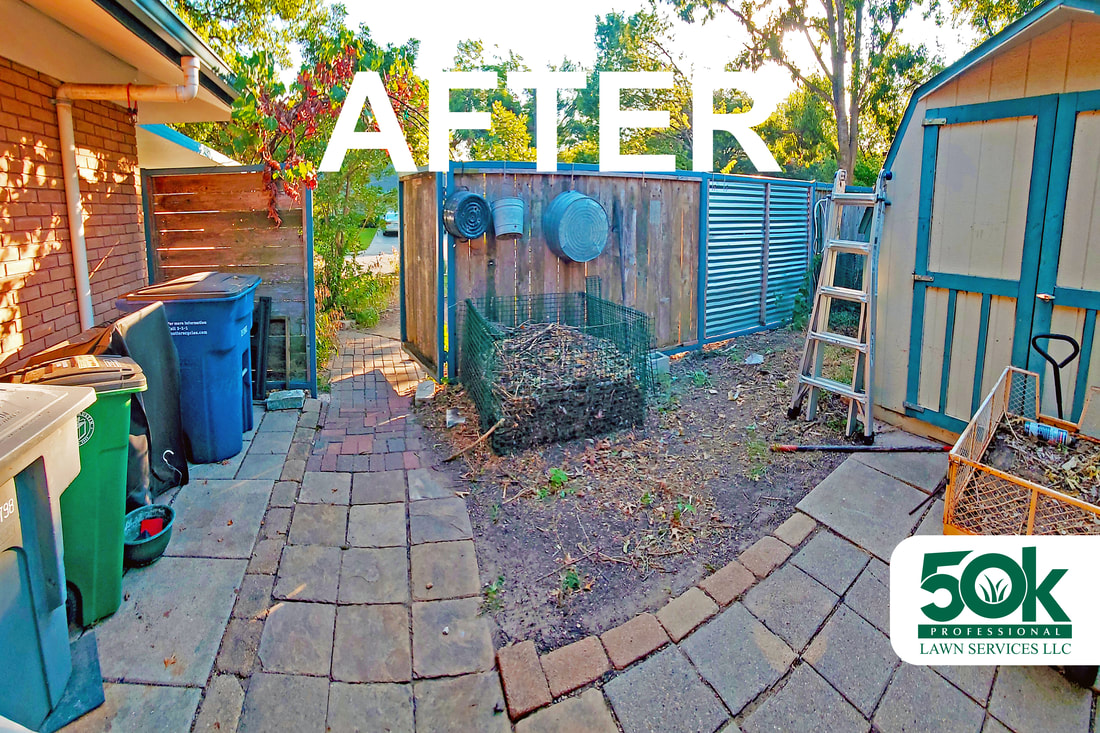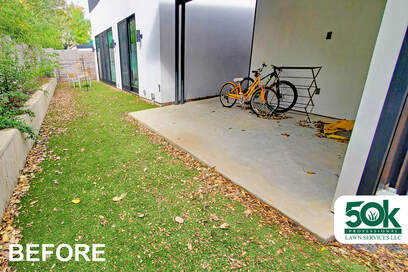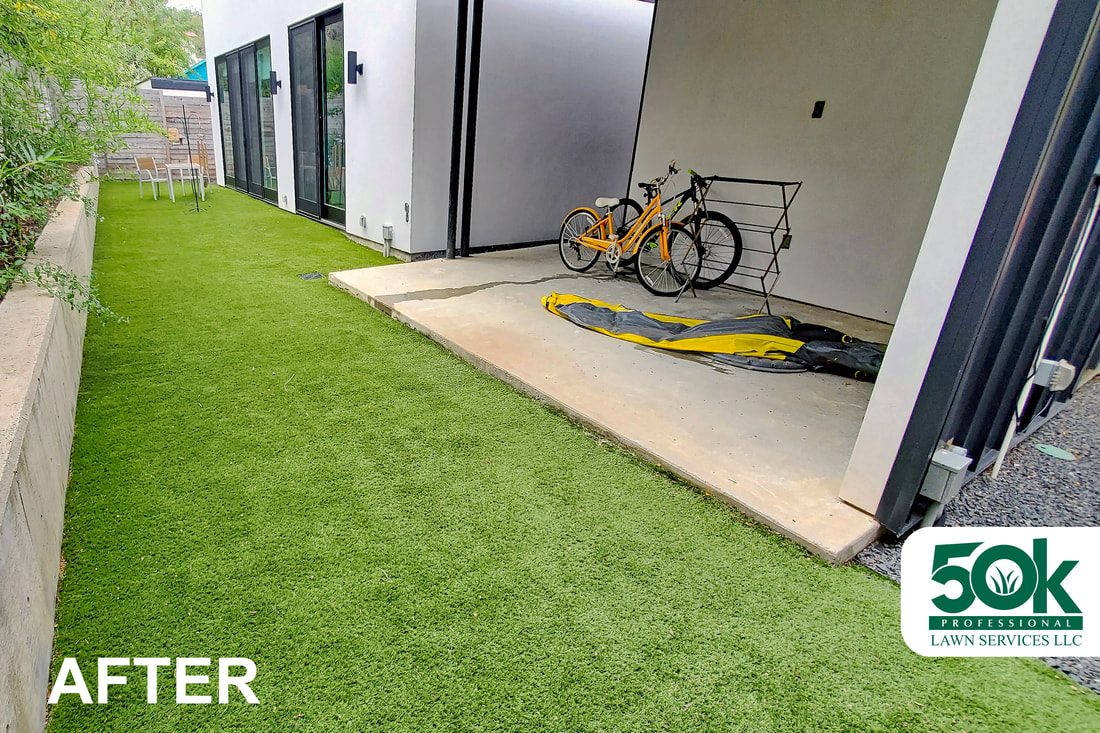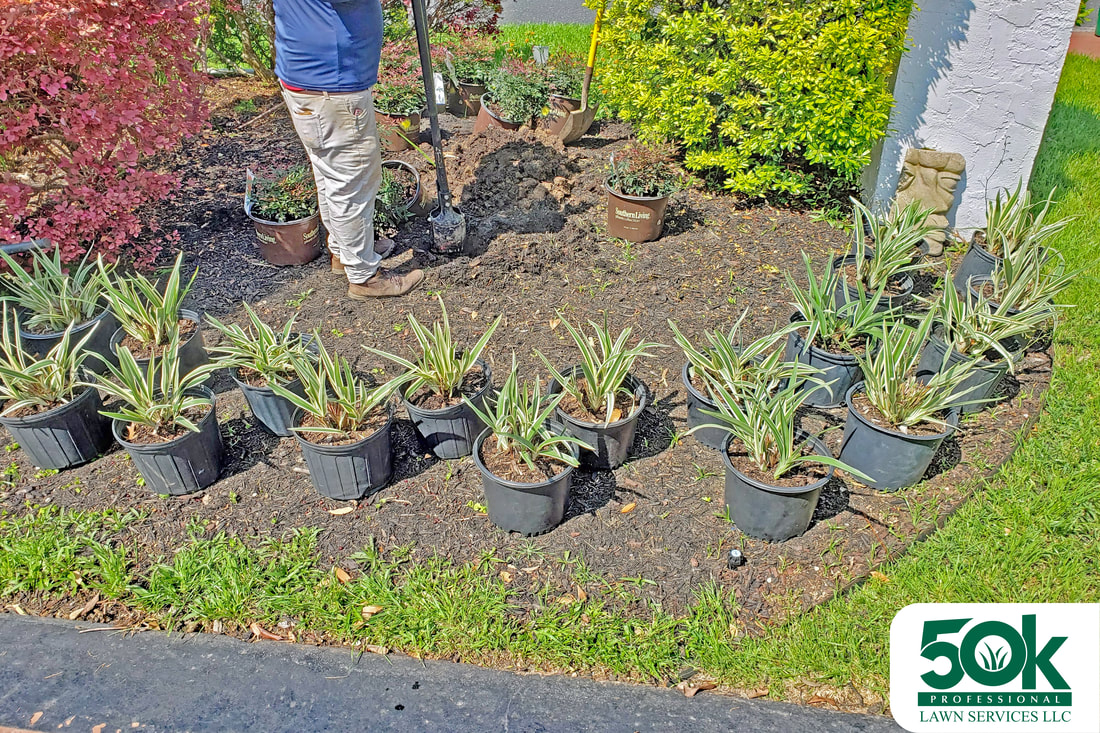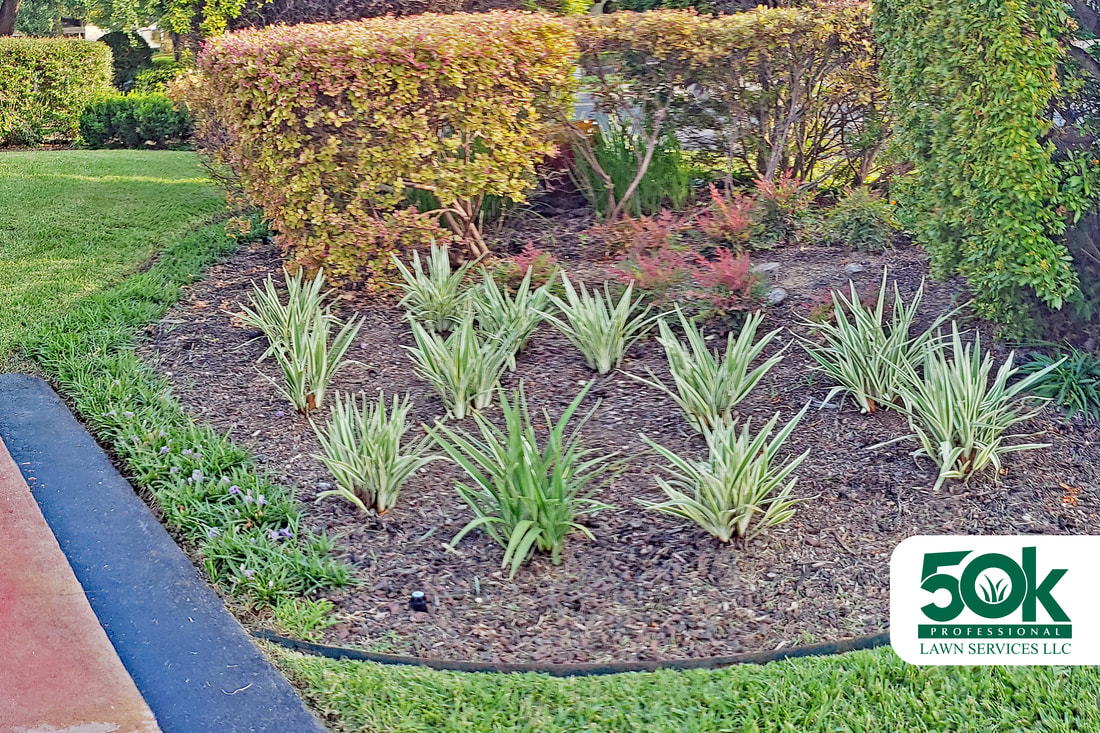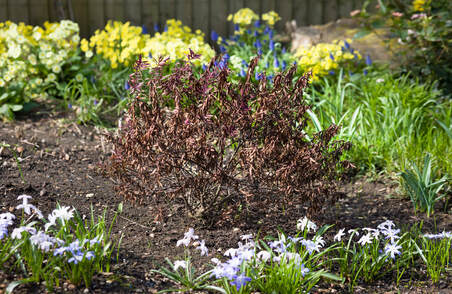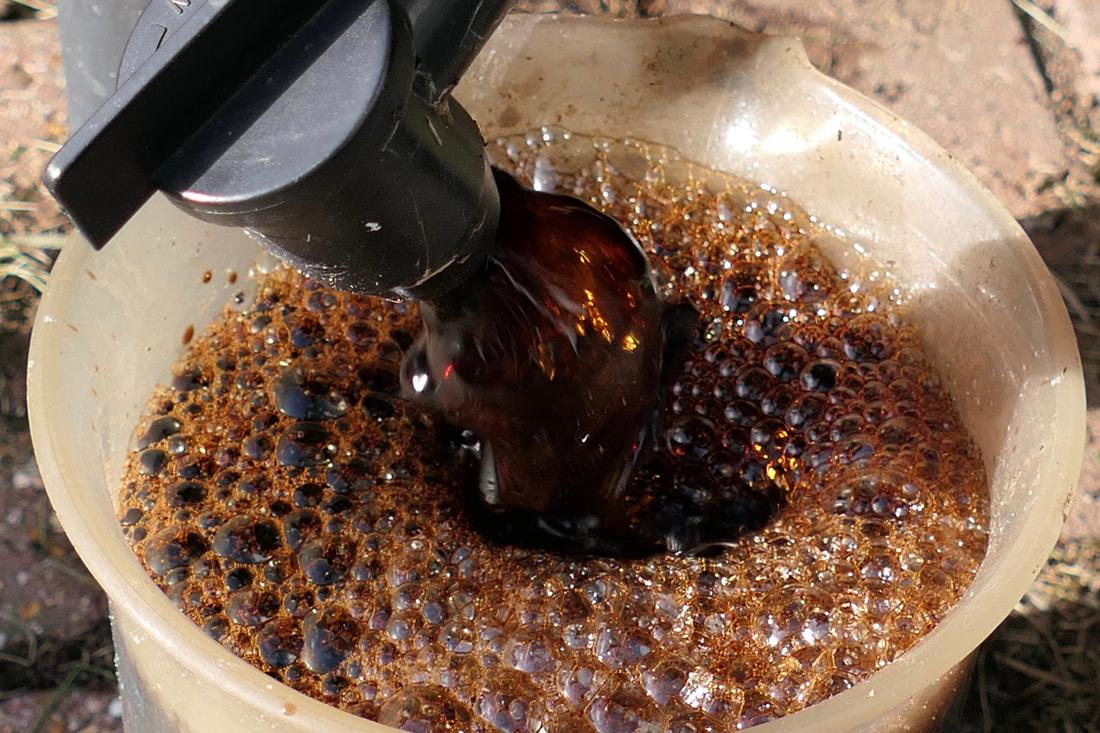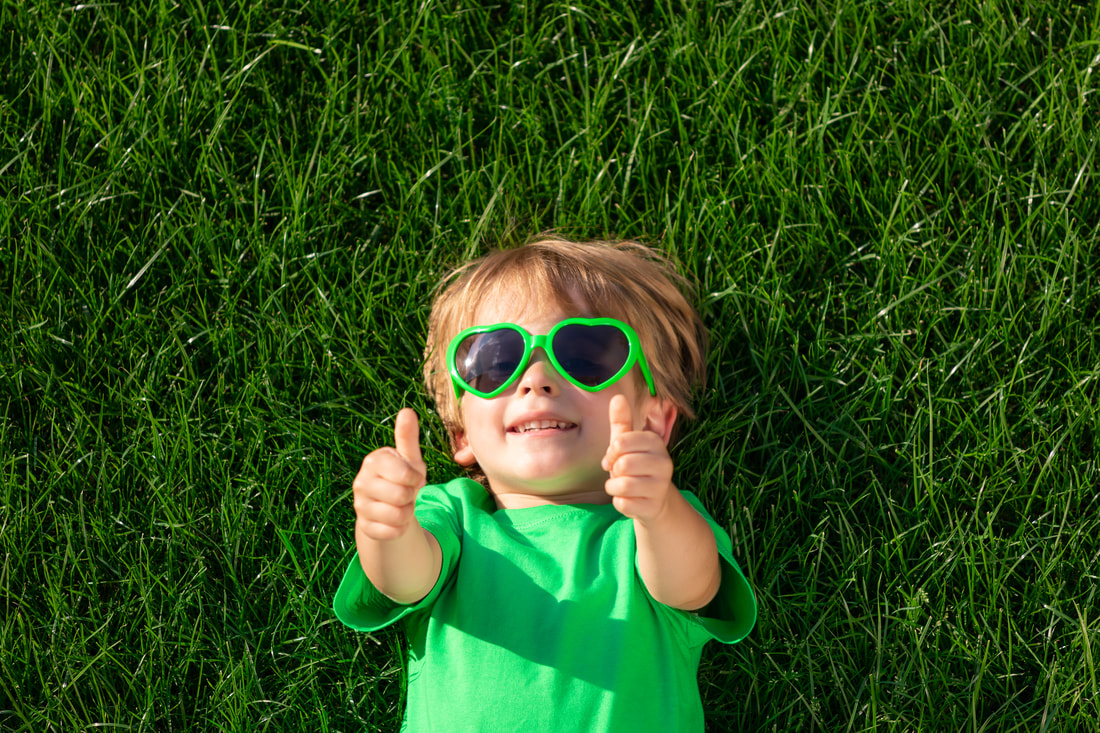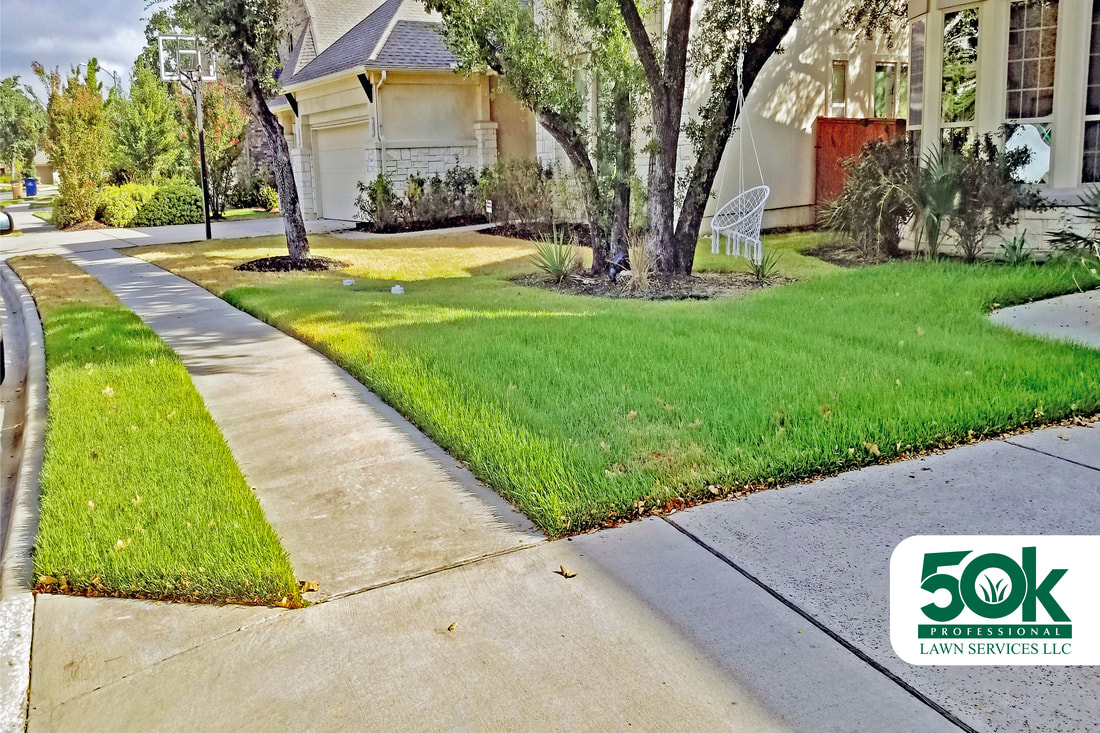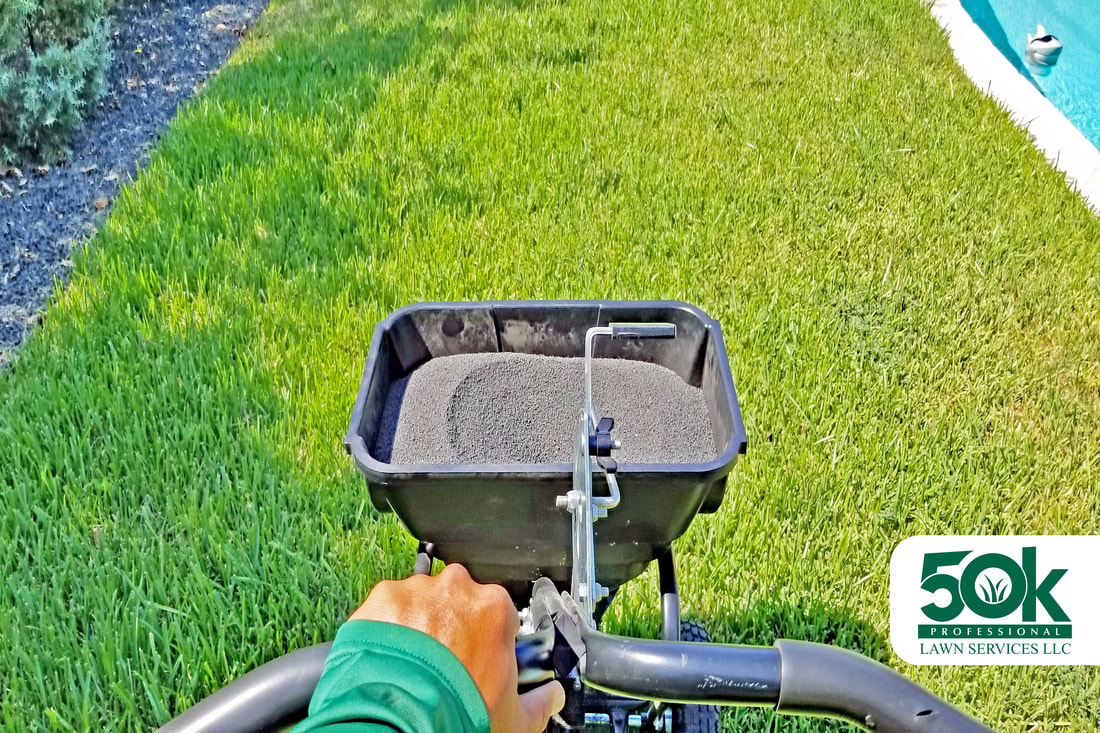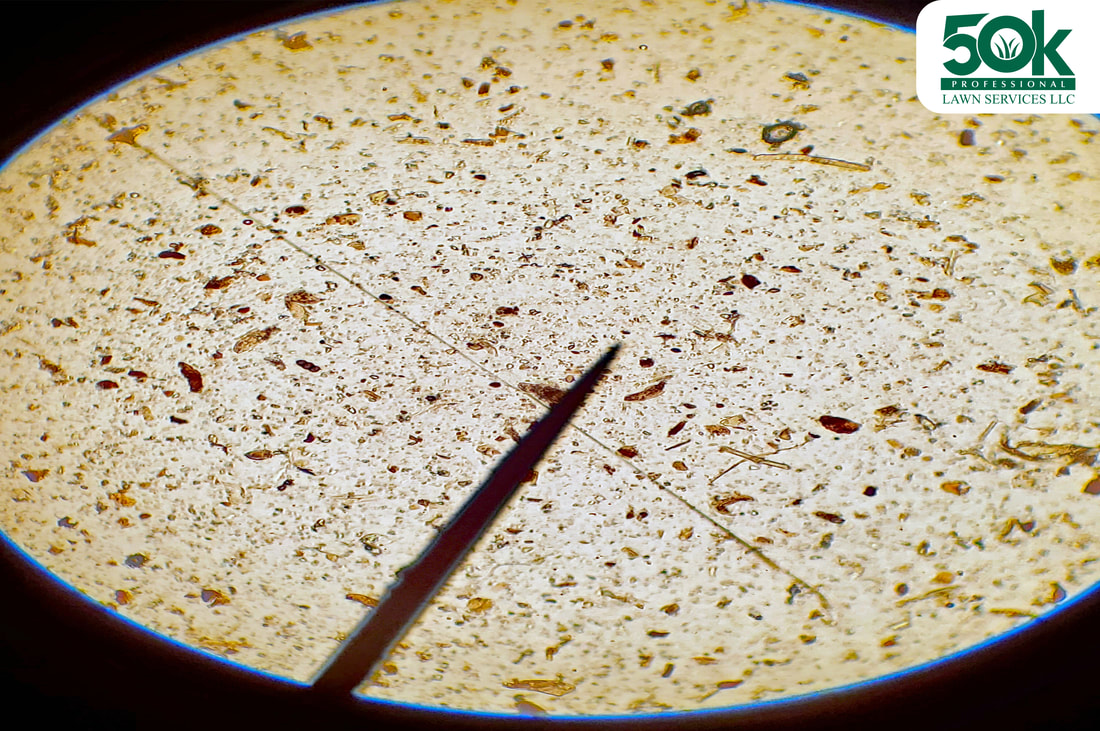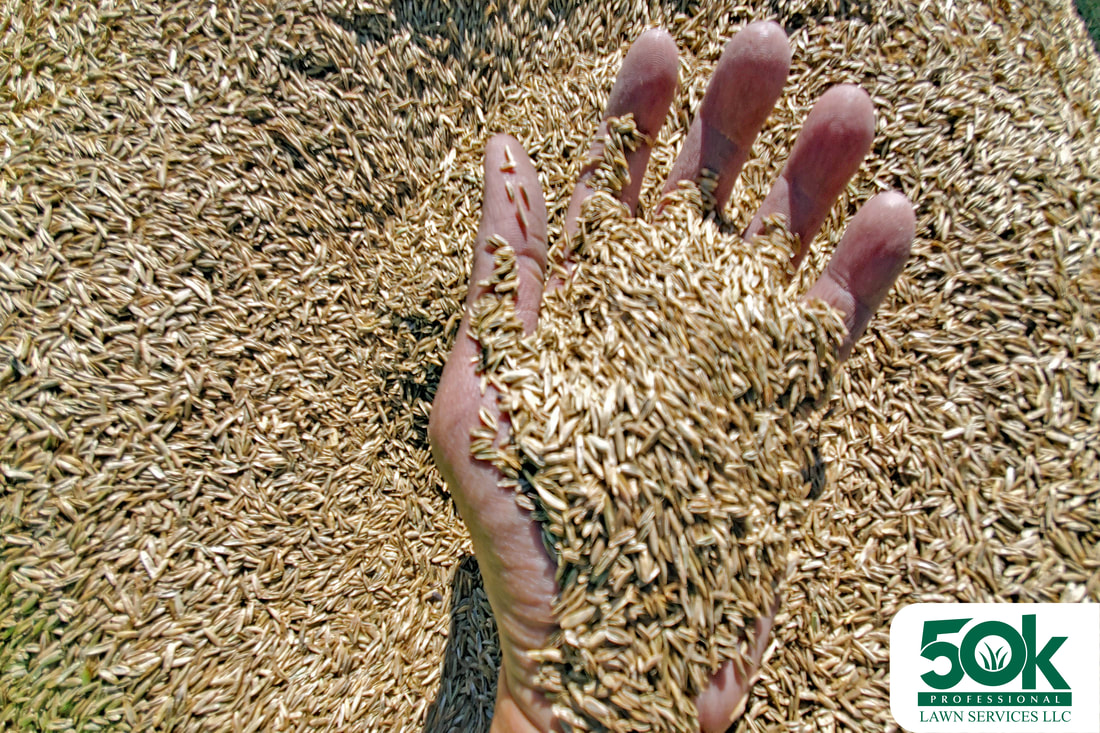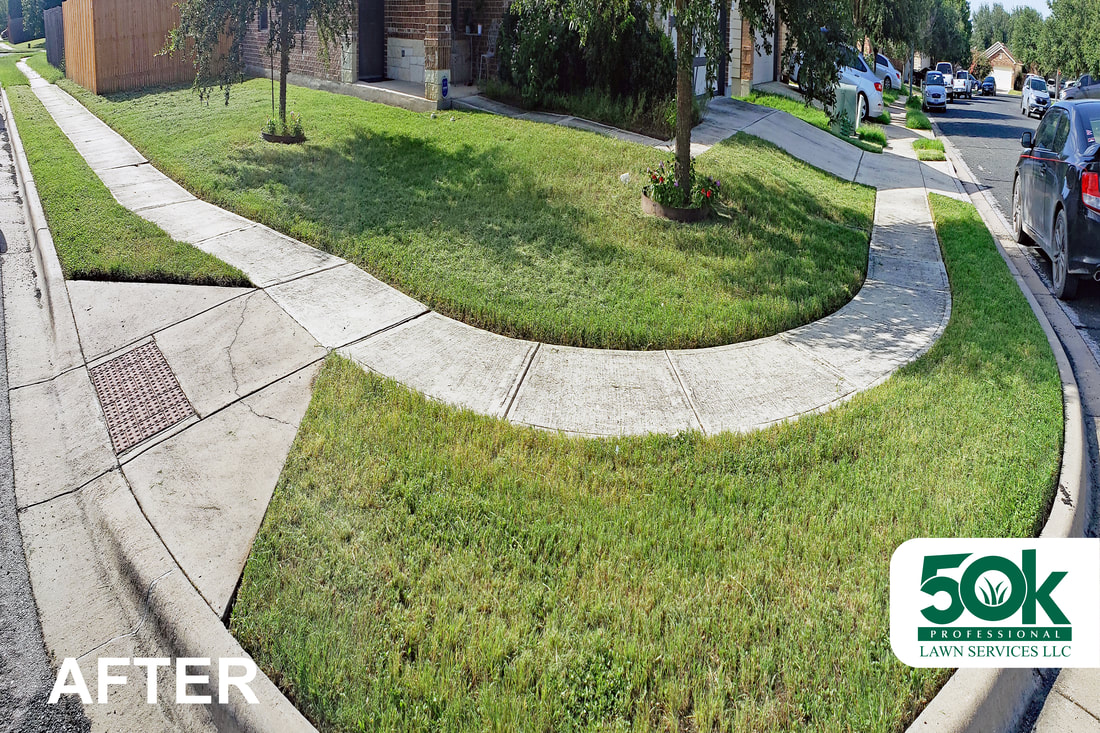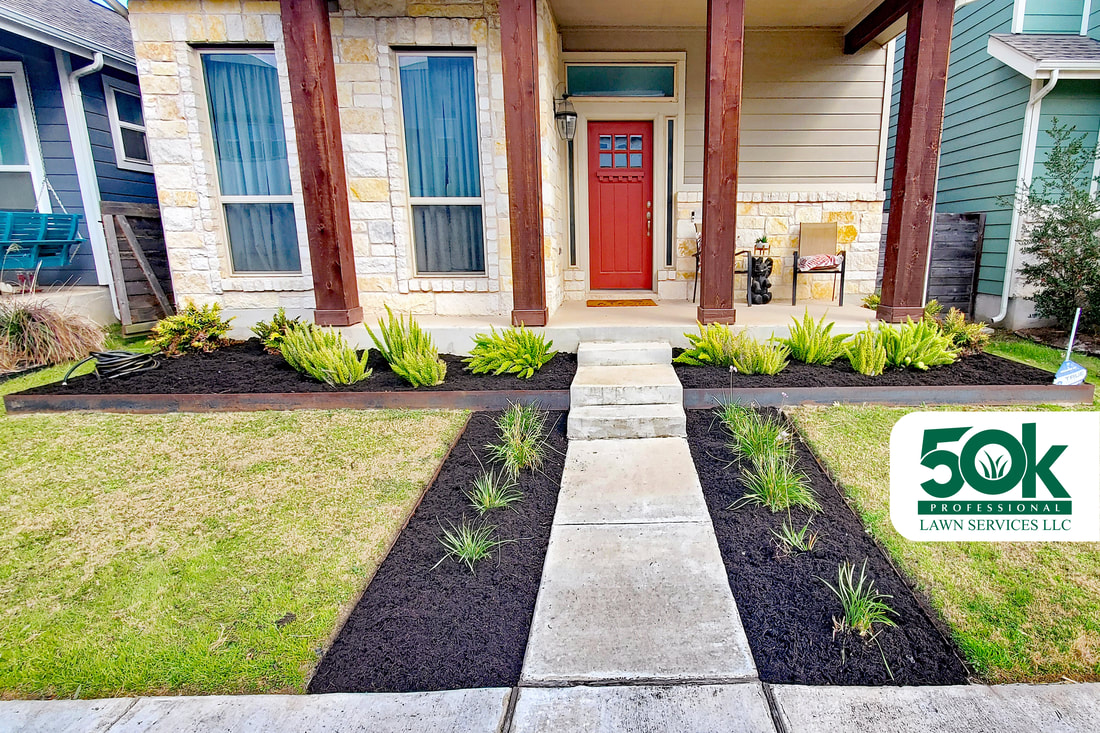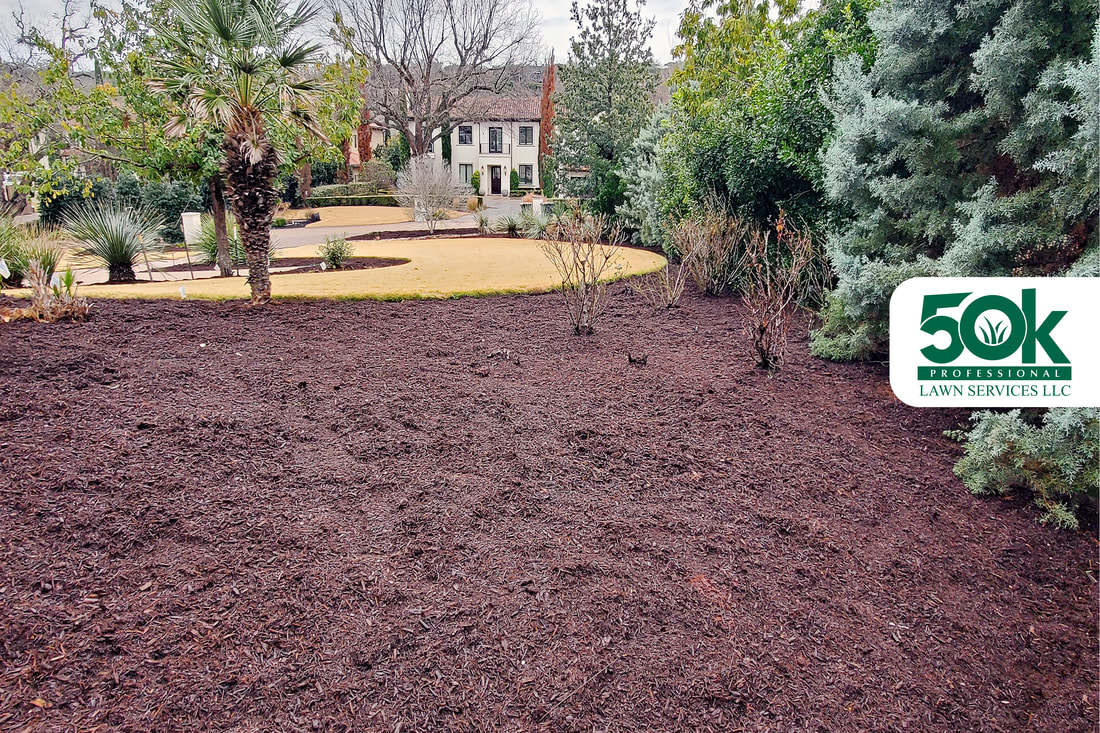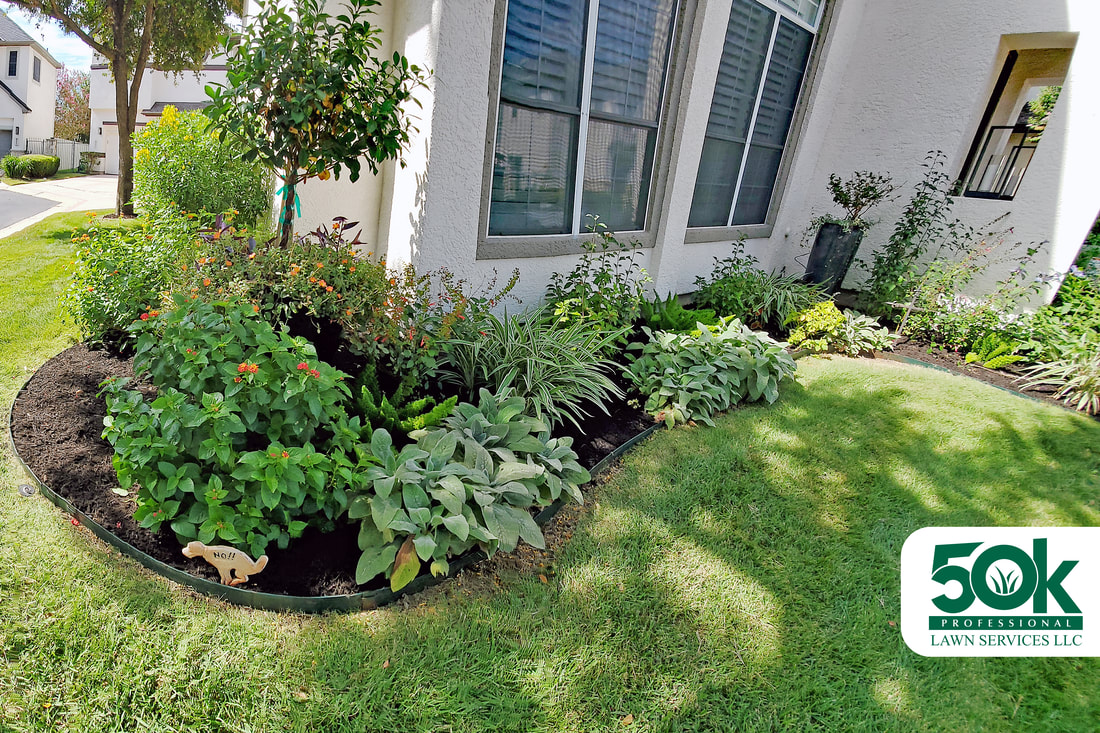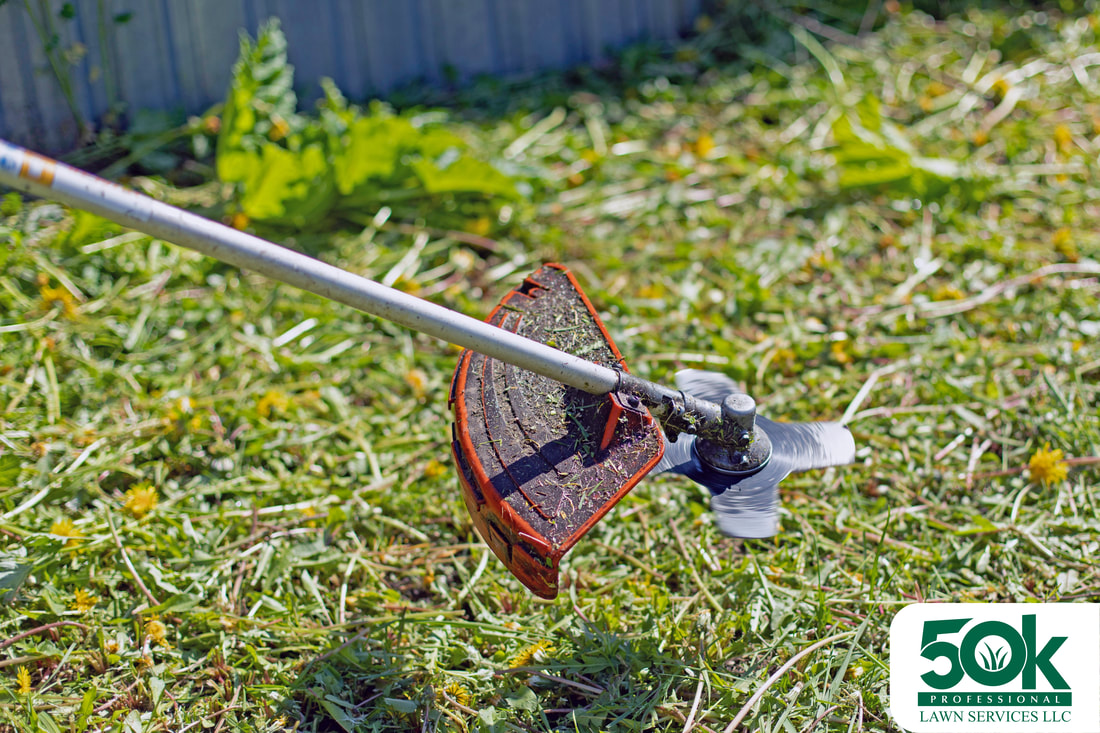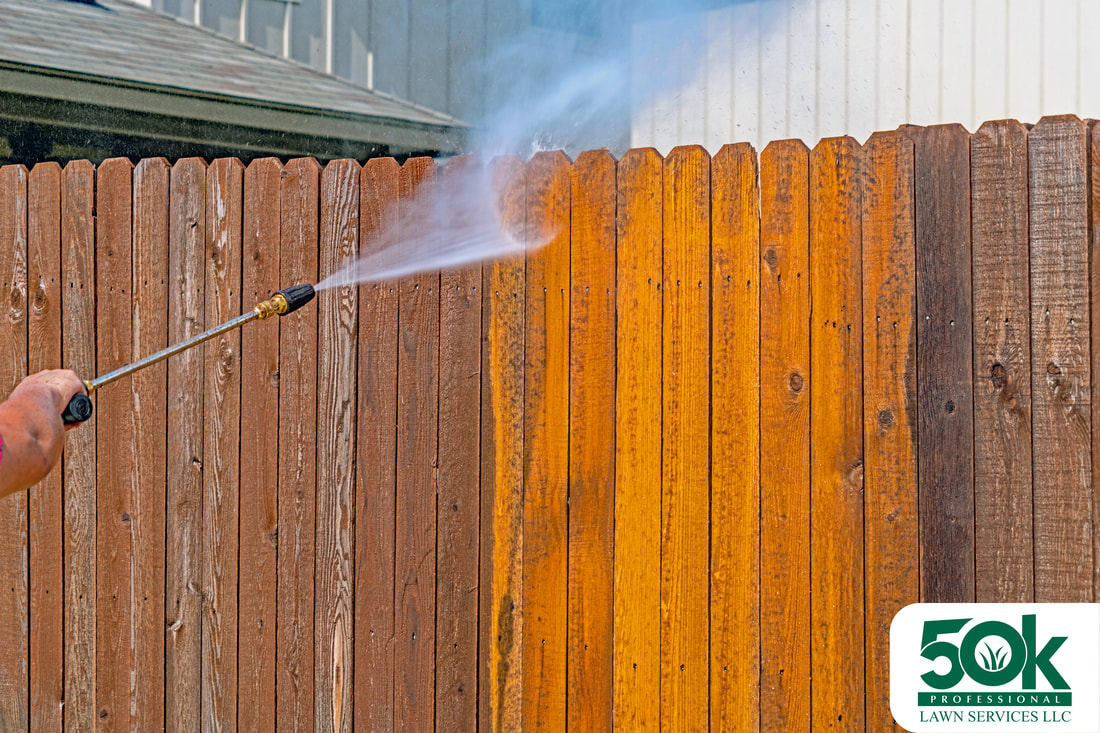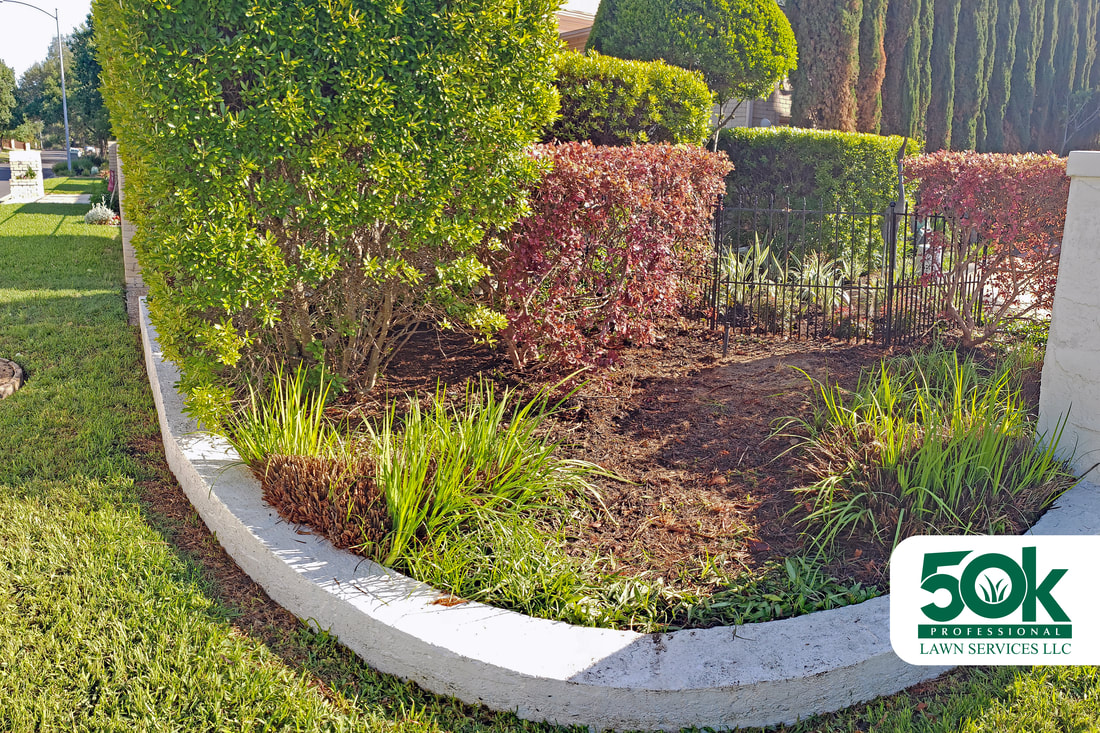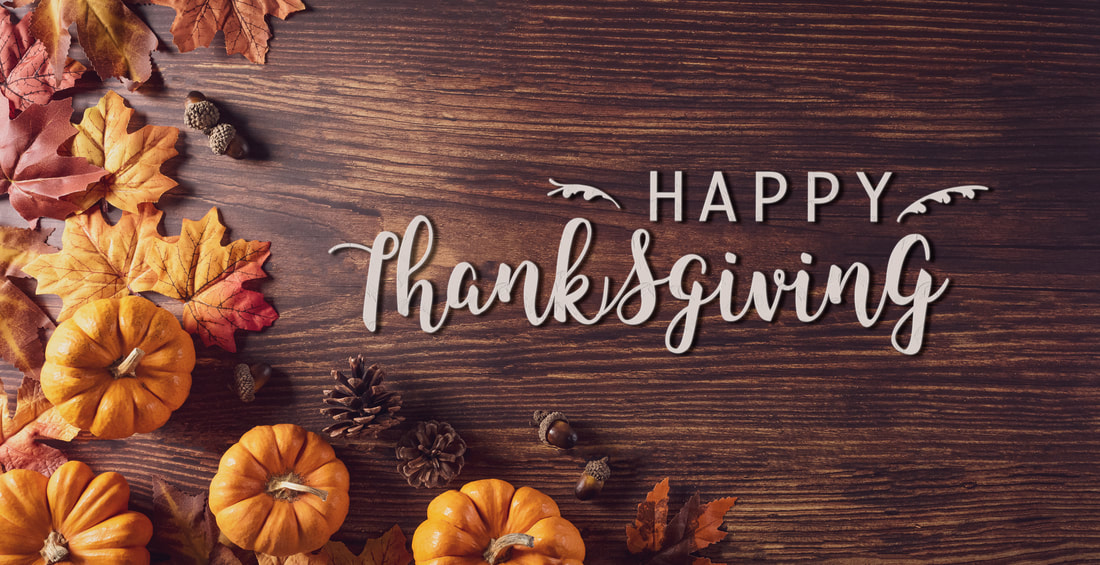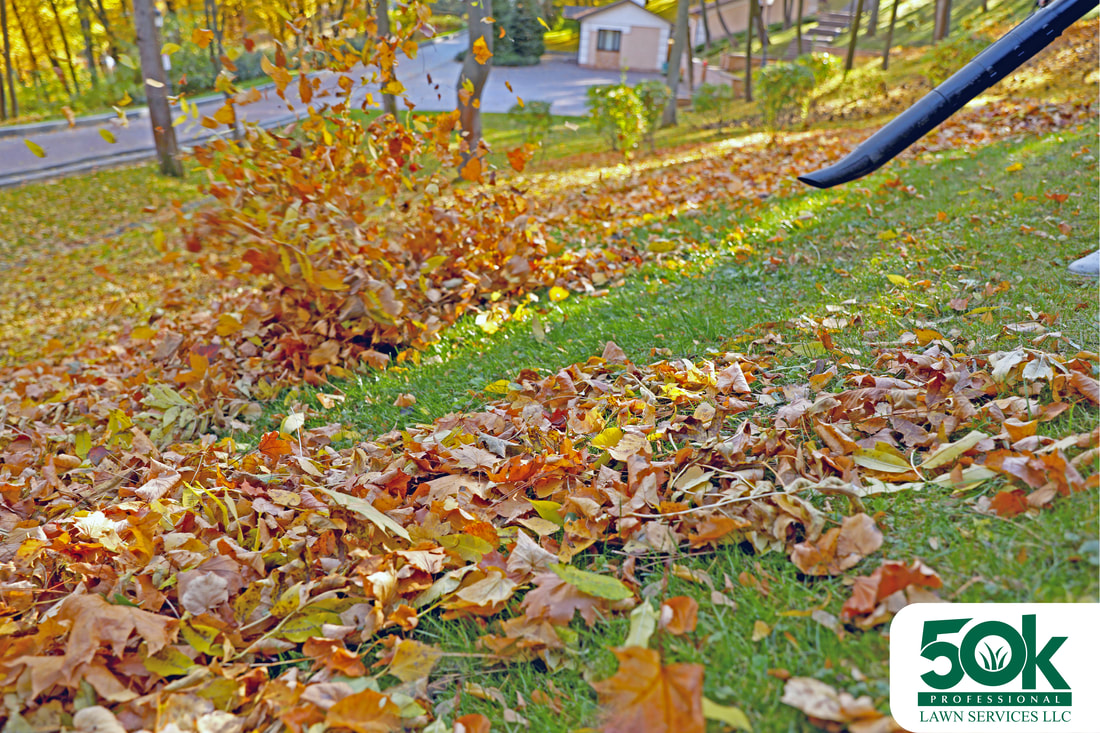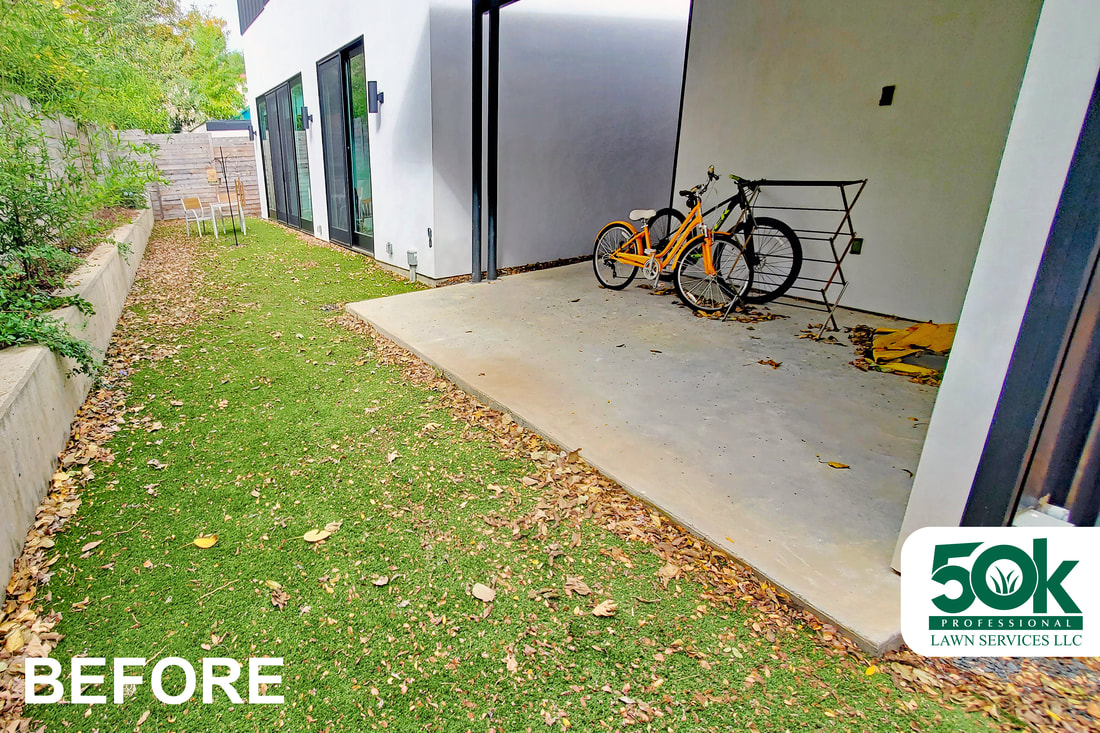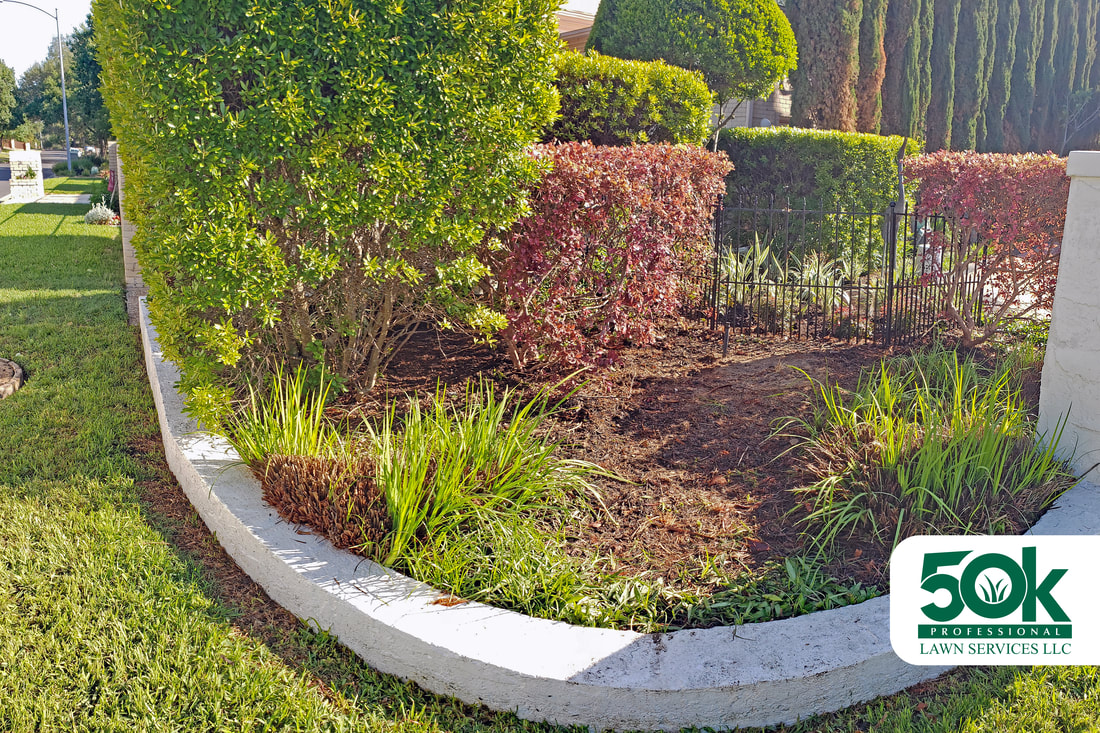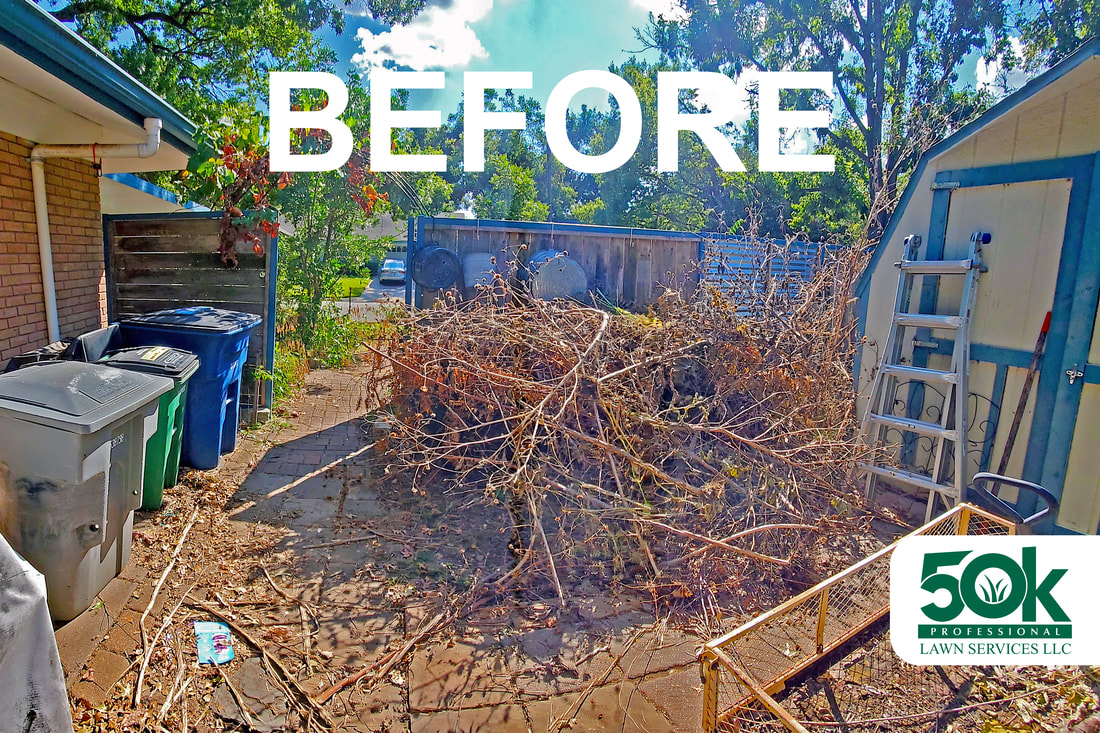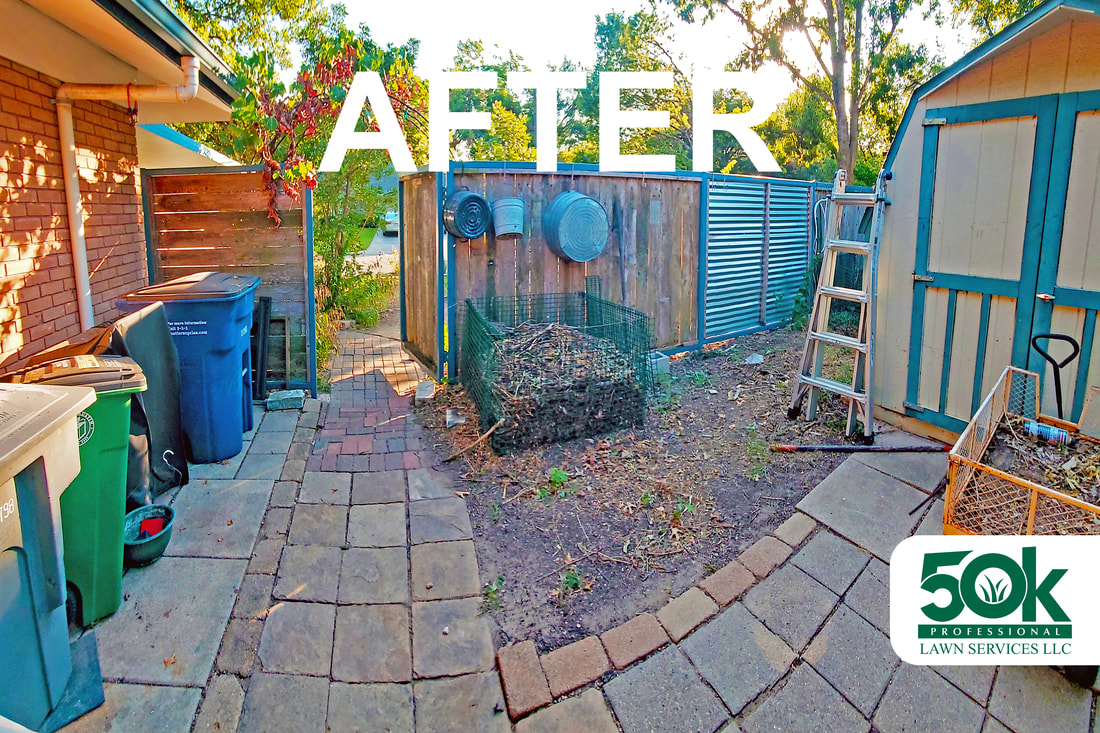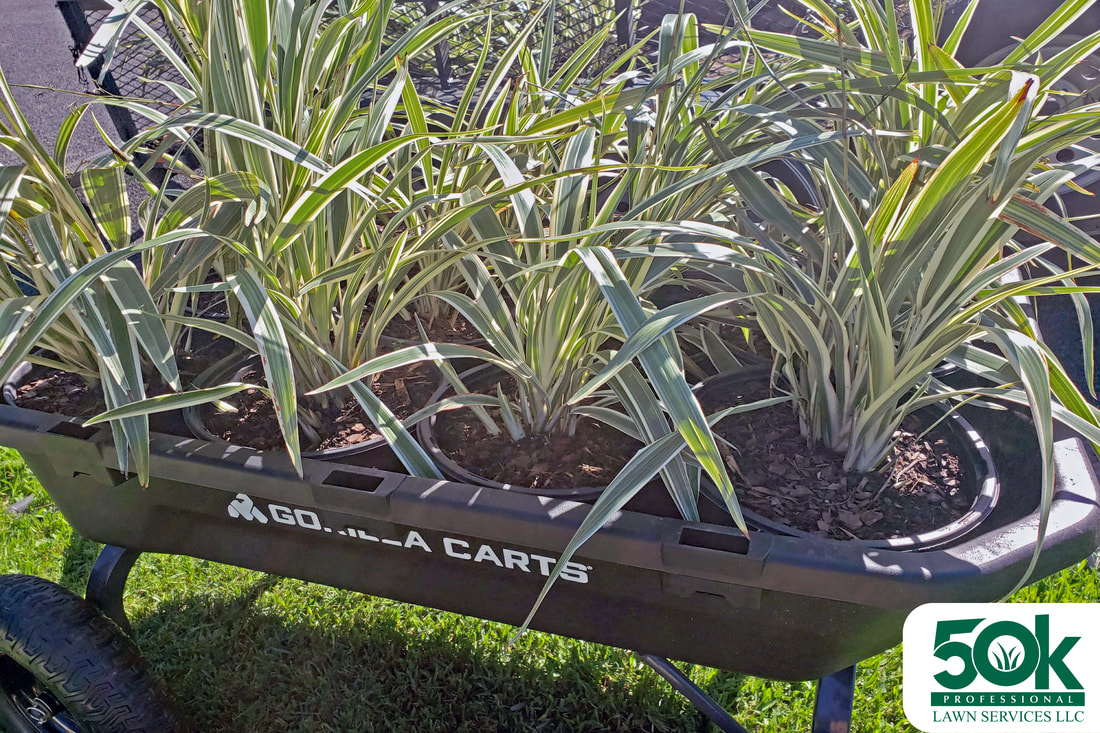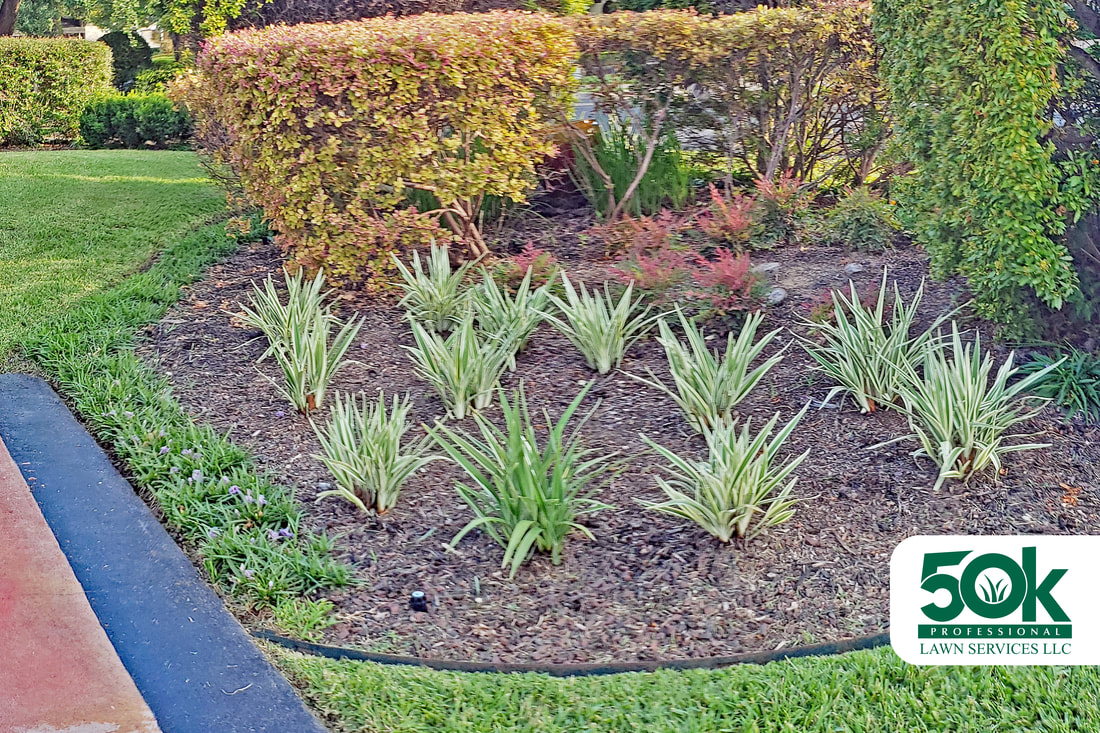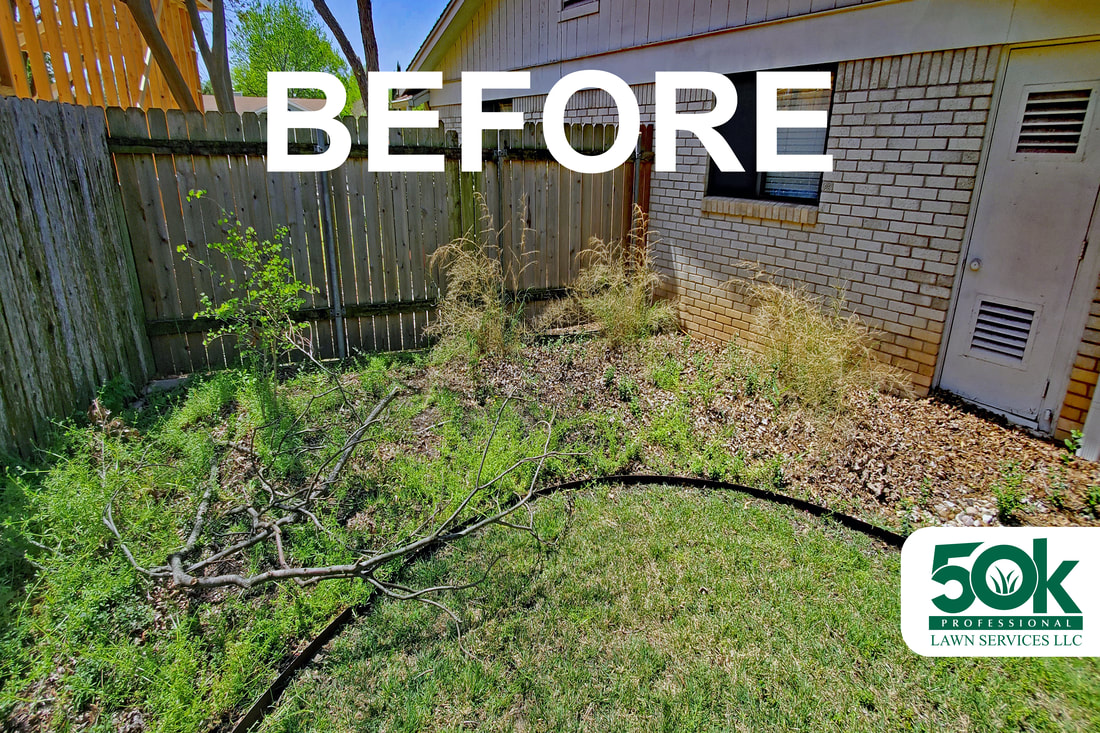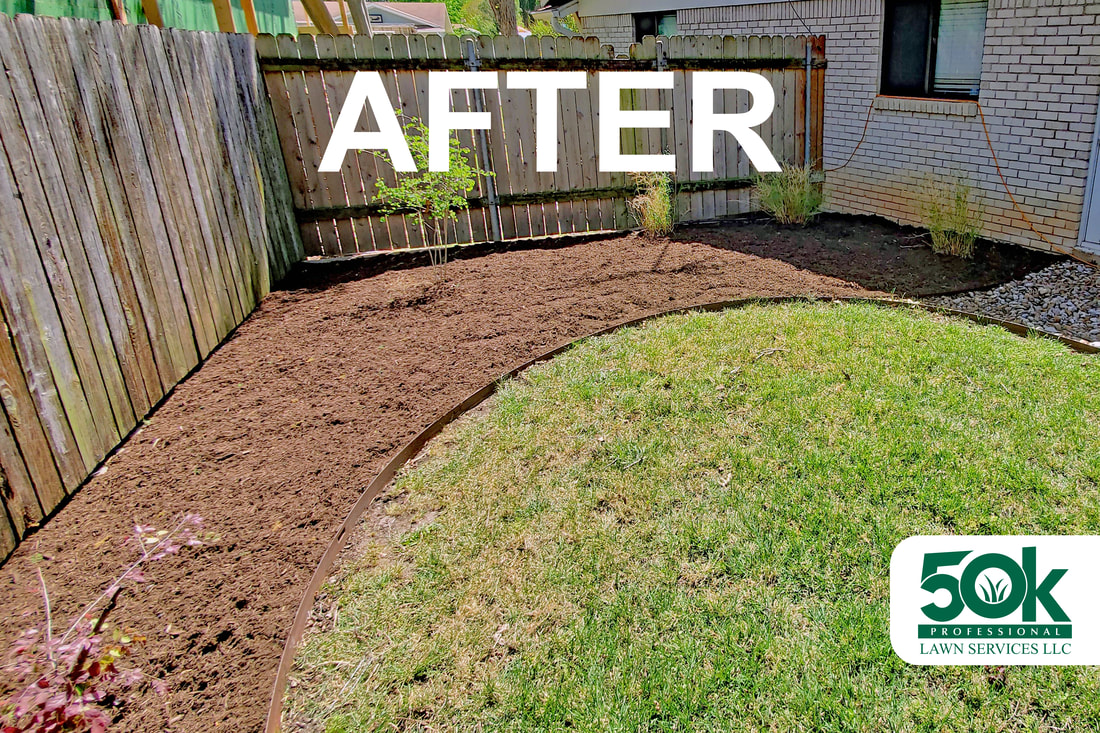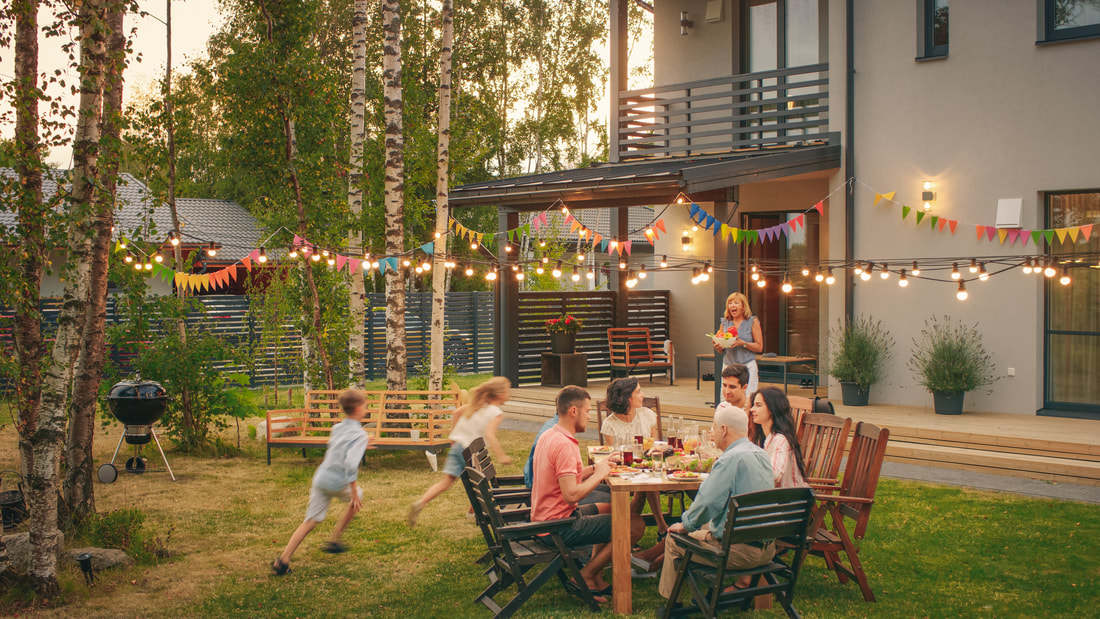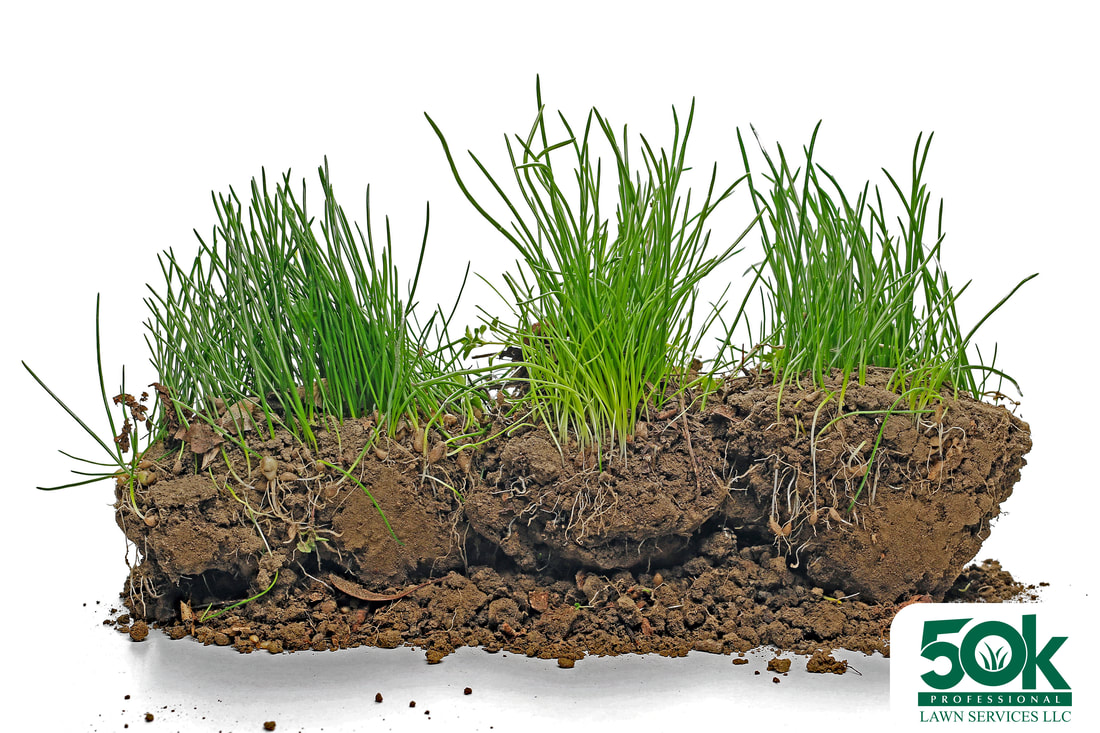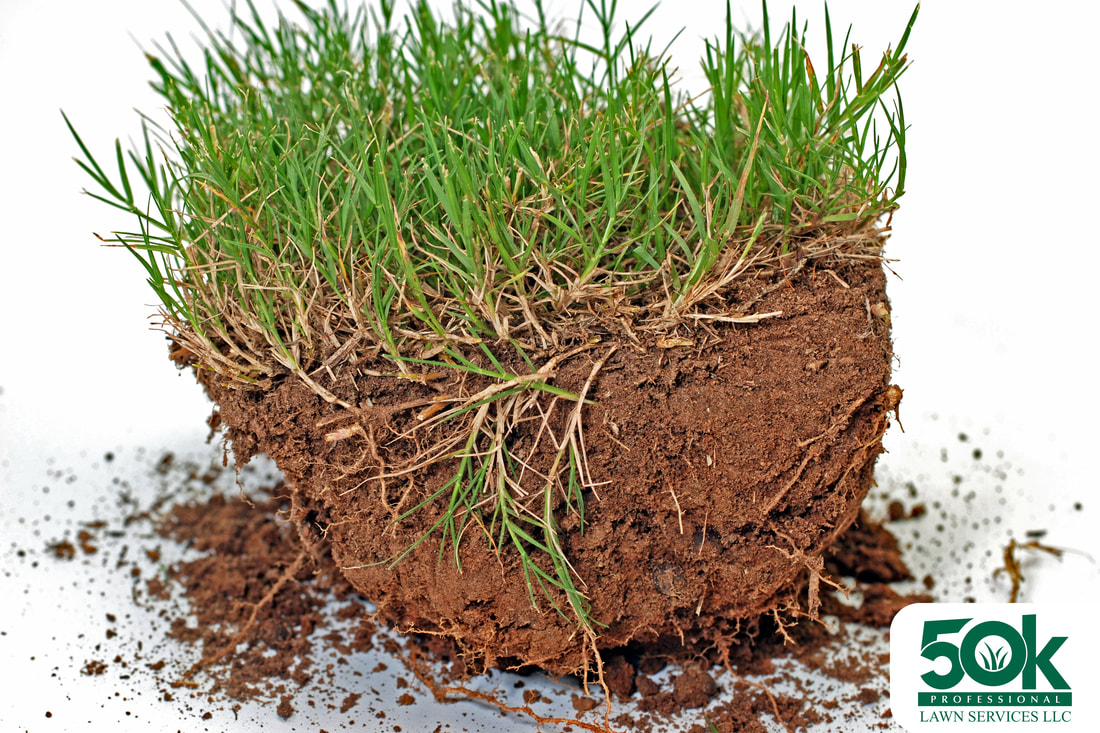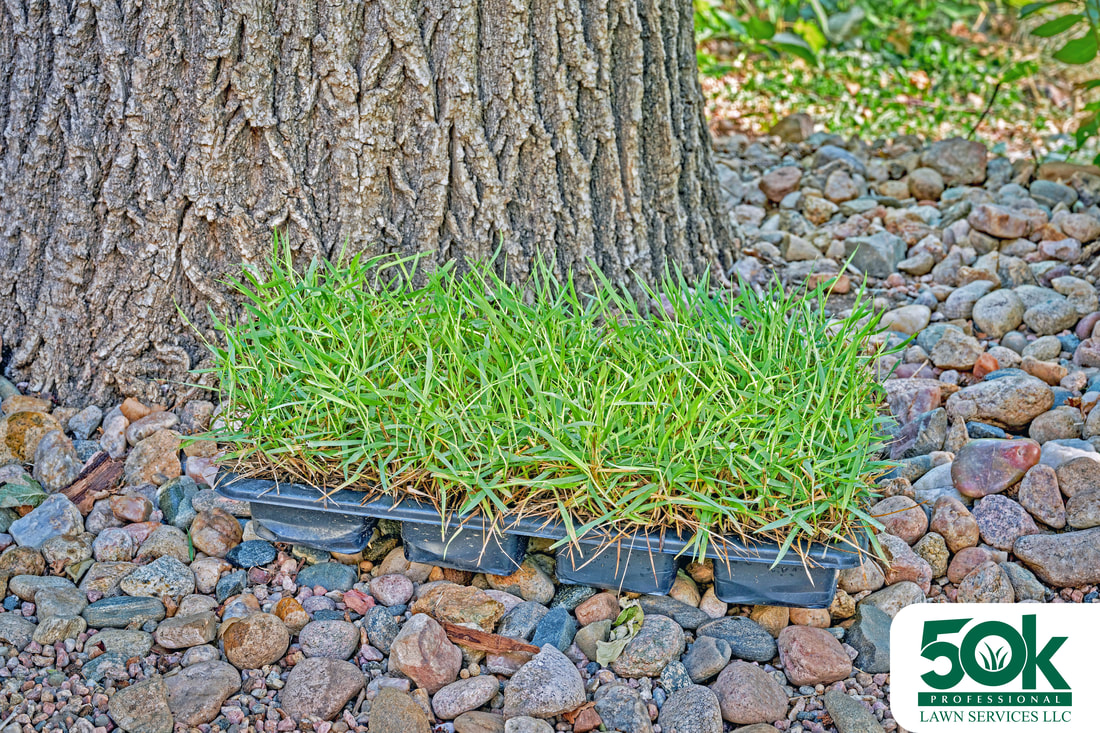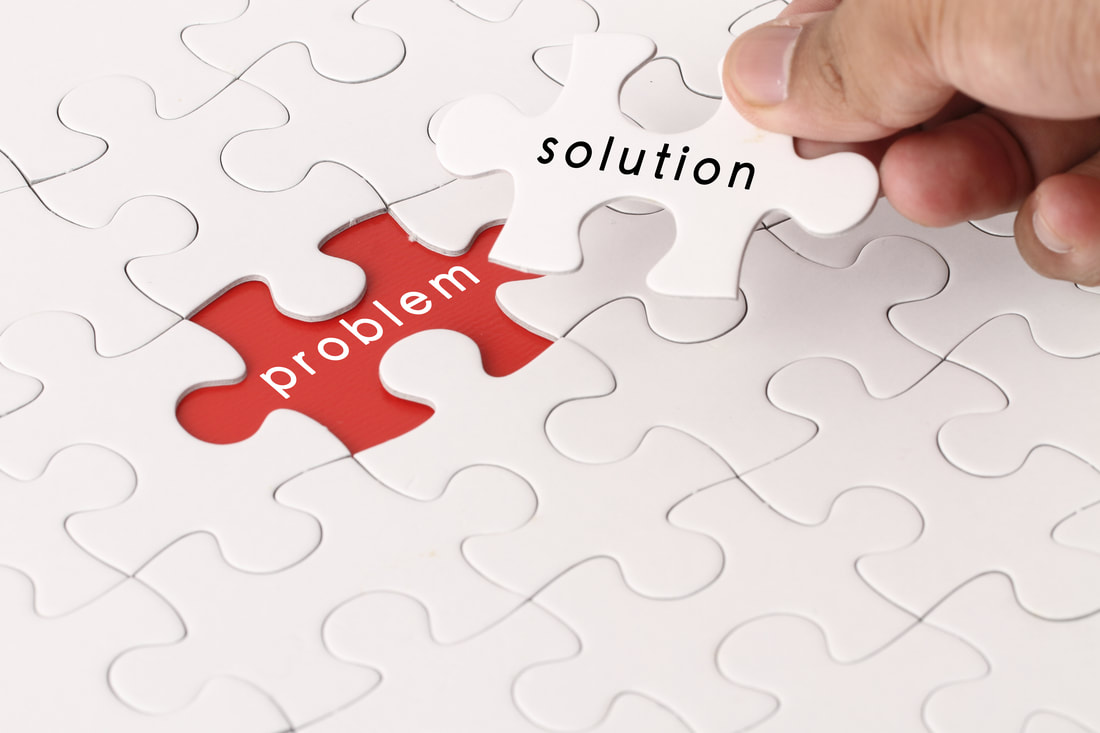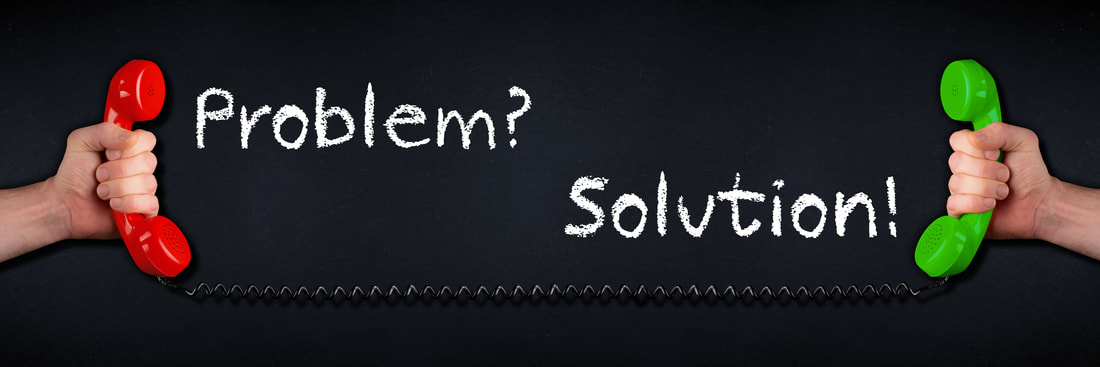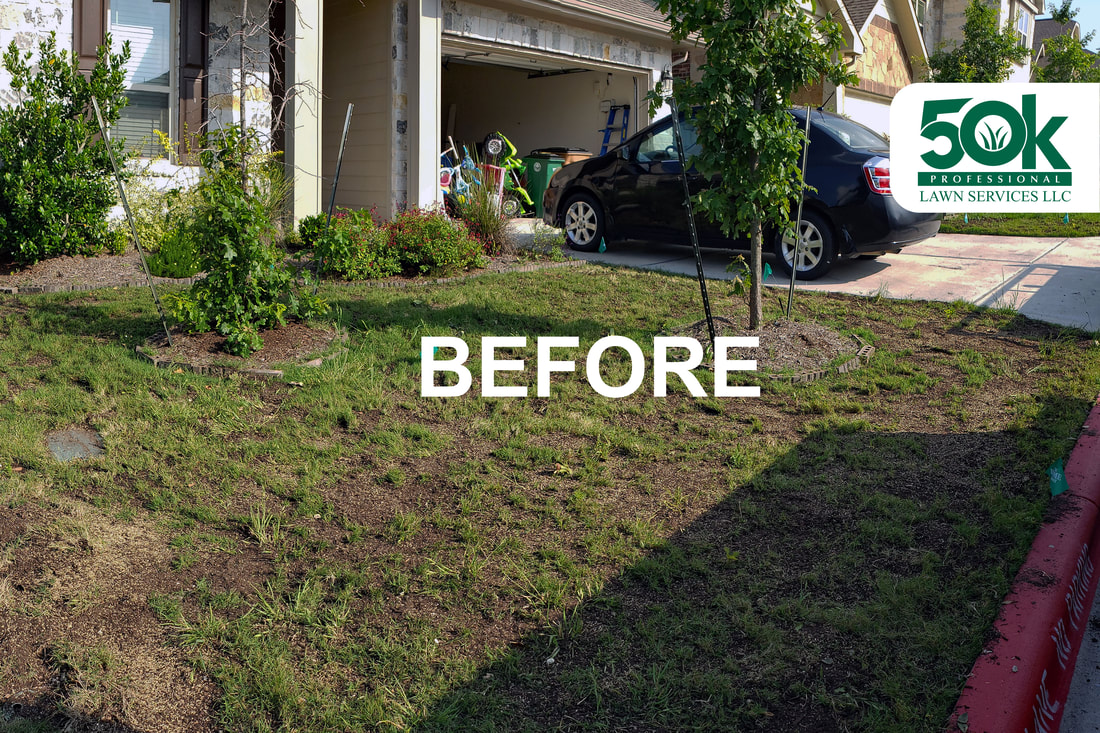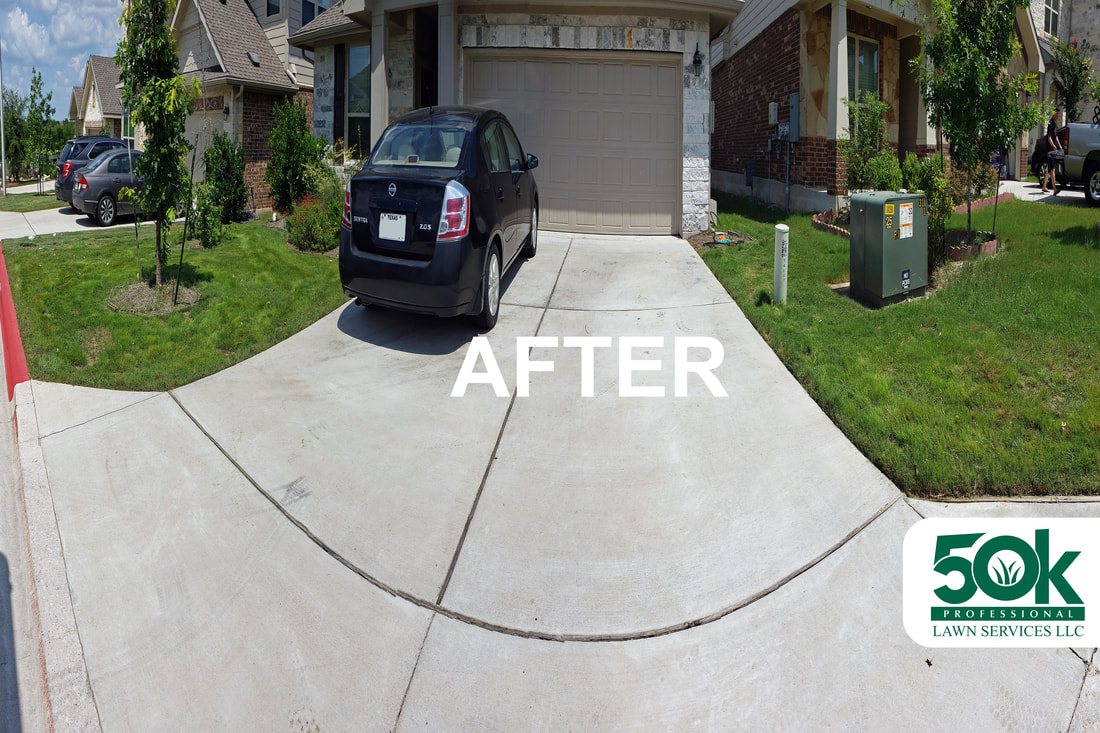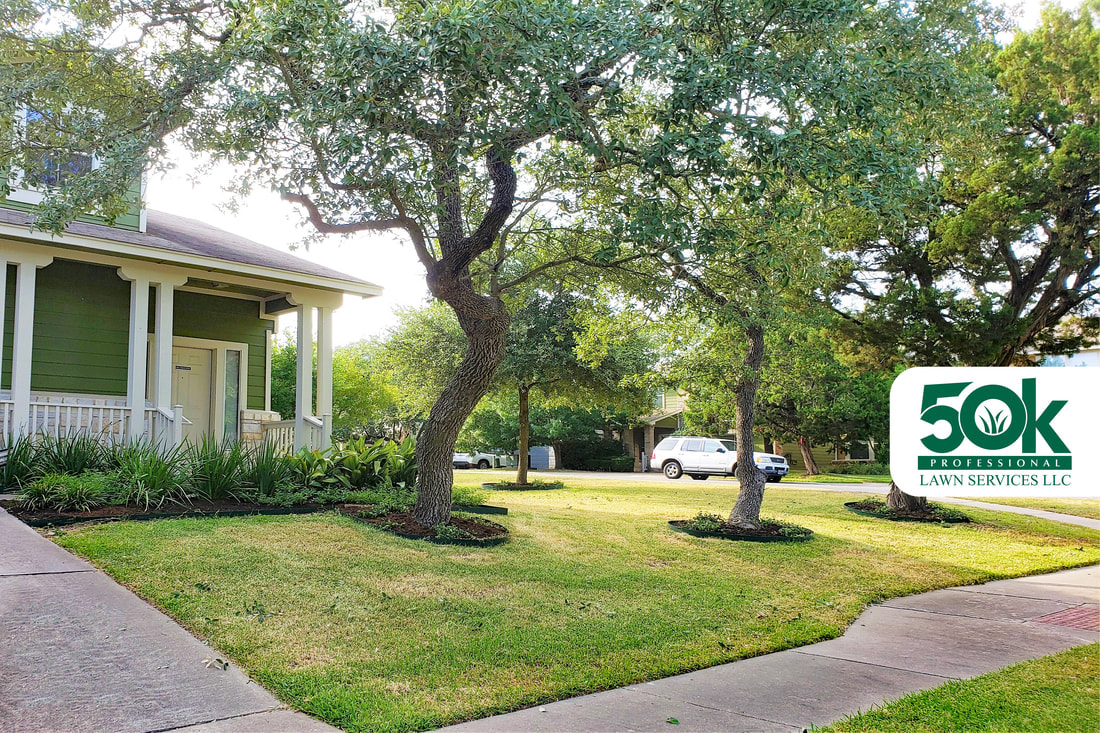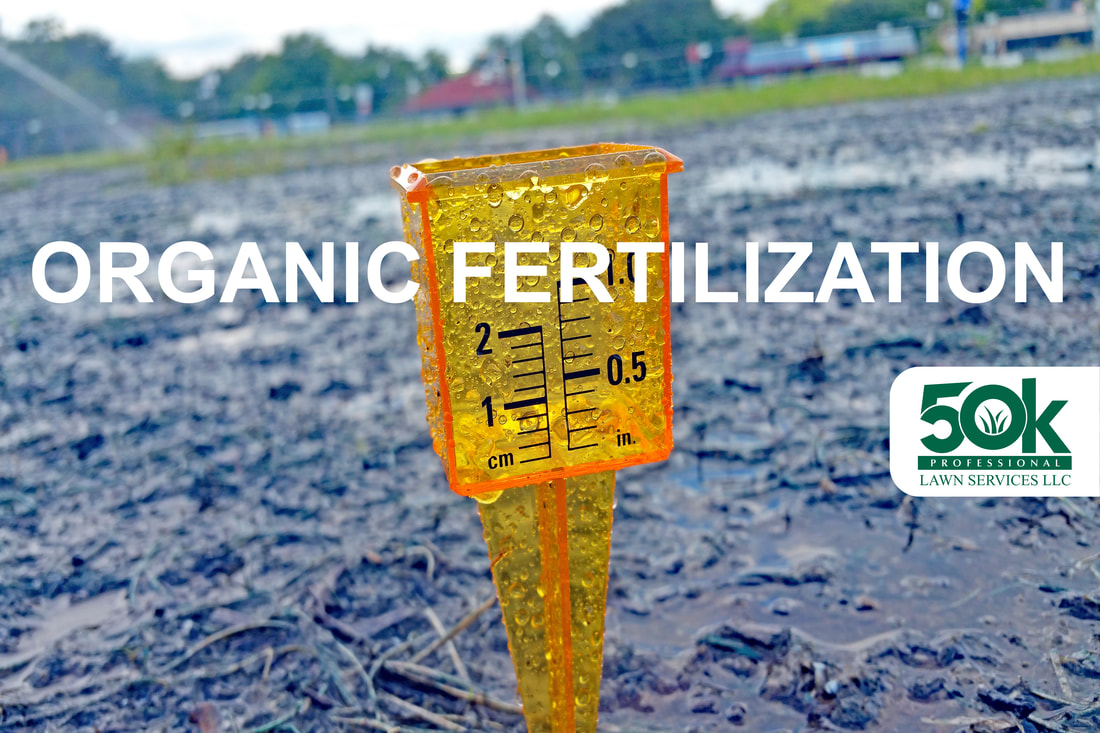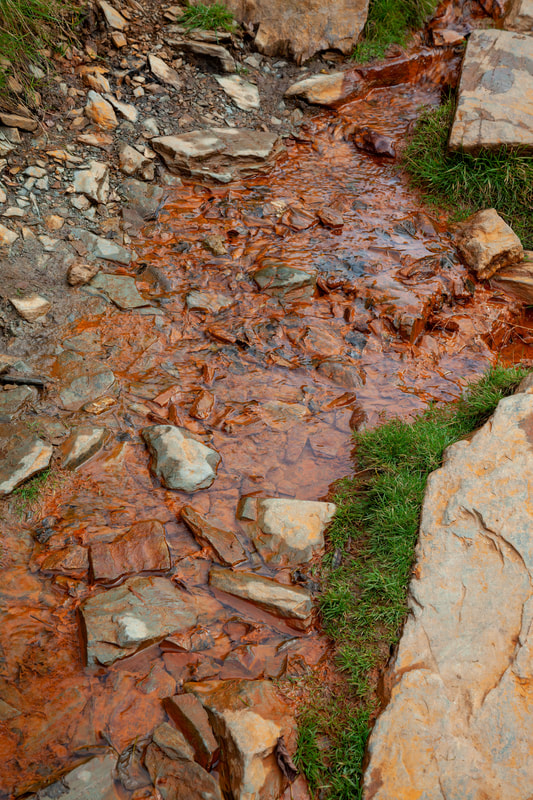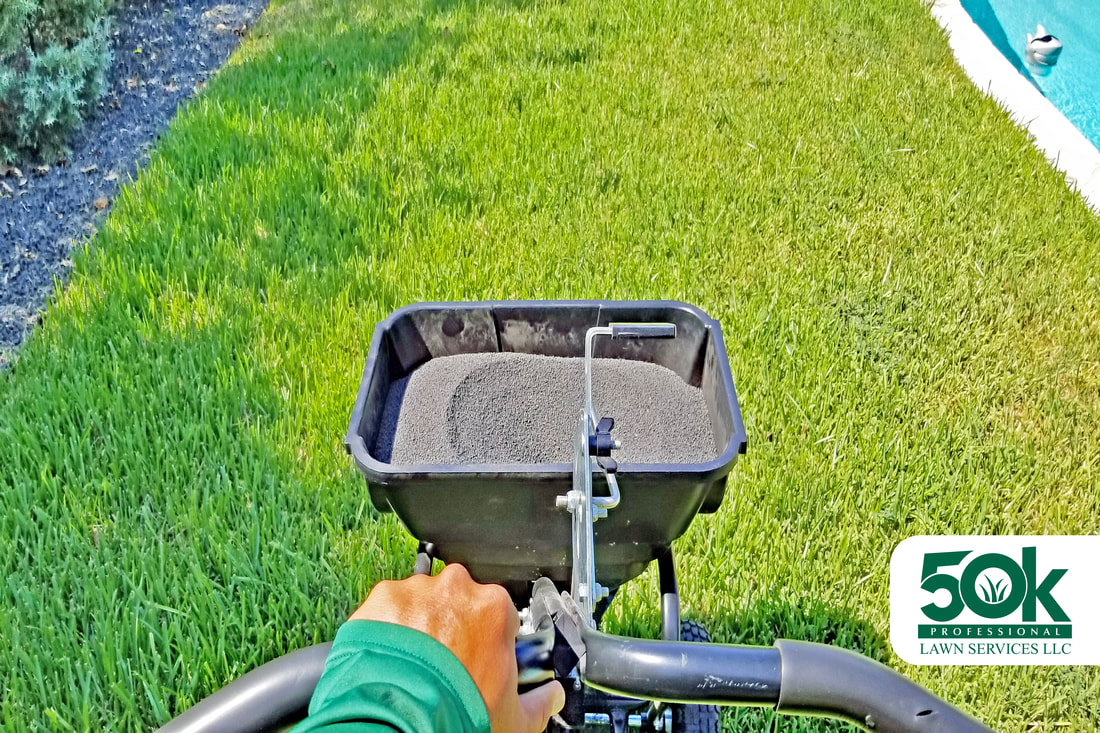|
We understand that issues can occasionally arise, despite our rigorous standards and diligent efforts. More importantly, we recognize that the true measure of our service is not just how we perform when things go right, but how we handle the occasional hiccups. Our primary goal isn't merely to resolve these issues, but to ensure our customers feel truly heard, respected, and satisfied with our resolution process.
Here is an in-depth look at the step-by-step process we employ to transform every customer complaint into a positive outcome: Responsive Communication The moment a complaint is received, our dedicated team is alerted and immediately mobilizes to address the concern. We understand that timely communication is crucial and prioritize immediate engagement with our customers. This swift action not only helps in quick resolution but also reassures our customers that we are fully committed to resolving their issues without delay. By responding promptly, we not only manage and mitigate issues effectively but also reinforce the trust our customers place in us. This approach shows our clients that we value their feedback and are here to solve any problems with urgency and attention. Internal Review Upon receiving a complaint, we initiate a thorough internal review. This step is crucial as it involves a detailed examination of the event by our team to understand precisely what went wrong—whether it’s a service error, a misunderstanding, or an unexpected service outcome. By meticulously reviewing every aspect of the complaint internally, we not only address the issue at hand but also identify areas where our processes could be improved to prevent recurrence. This systematic analysis helps us refine our operational strategies and enhance our service quality. Prompt Resolution Resolving the issue efficiently and effectively is a critical component of our approach. Based on the findings from our internal review, we take decisive action to correct the problem at the earliest opportunity. Our goal is to rectify any points of dissatisfaction as quickly as possible, thereby minimizing any inconvenience to our customers. Immediate corrective actions underscore our commitment to excellence and customer satisfaction. Ensuring Customer Satisfaction Our responsibility doesn't end with the implementation of a solution. We engage in thorough follow-up communications to ensure that the resolution not only meets but exceeds our customer's expectations. This step is vital as it closes the feedback loop and confirms client contentment with both the solution and the overall experience. We are not satisfied until you are. Ensuring that each customer feels valued and heard is the cornerstone of our service philosophy. Our approach to complaint resolution is about more than just fixing problems; it's about transforming potentially negative experiences into positive ones and fostering long-term trust and loyalty. By effectively handling complaints, we reinforce our dedication to service excellence. We strive to maintain a standard of excellence that sets us apart in the lawn care industry. Our comprehensive complaint resolution process is a testament to our unwavering dedication to our clients. We thank you for entrusting us with your lawn care needs. Your satisfaction isn’t just a promise—it’s a guarantee.
0 Comments
We believe effective lawn care goes beyond maintenance—it involves creating beautiful and sustainable outdoor environments through a seamless partnership with our clients. Each client's distinct vision for their landscape inspires us, driving us to meticulously tailor our services to meet those unique needs.
Respect for Your Choices: Your garden is more than just a plot of land; it's your personal retreat. Understanding the importance of this space, we engage with you directly in the decision-making process. This approach ensures that any service adjustments or scheduling changes are made with your knowledge, maintaining transparency and adaptability. This method strengthens our relationship, building trust and ensuring that the final outcome reflects your desires. Eco-Friendly Practices: In today’s environmentally aware world, sustainability is not just a trend but a necessity. We commit to eco-friendly practices that enrich the ecological health of your garden. By using organic fertilizers and innovative water-conservation techniques, we ensure that our efforts benefit your garden and the planet alike. Our joint commitment to making environmentally responsible choices helps sustain the vibrant life of your garden while protecting Earth’s resources. Visible Transformations: Each lawn has a unique story, and we are privileged to help craft yours. We proudly showcase the results of our efforts through a gallery of before-and-after photos, which illustrate the significant transformations achieved. These images are a testament to what we can accomplish together, driven by your feedback and our shared dedication to creating visually appealing and environmentally sustainable spaces. Your Vision, Our Mission: Every project is a new opportunity to showcase our dedication and expertise. Your dreams for a stunning garden inspire us to push the boundaries of what we can achieve. By working closely with you, we ensure that your specific needs are not just met but surpassed, as we jointly strive to create the landscape you envision. We deeply value the trust you place in us to realize your garden aspirations. Your satisfaction and the beauty of your lawn are our passion. Let’s continue to grow and transform not just your garden but also our successful partnership, enhancing the beauty of your home one step at a time. Discovering a service that intuitively understands your needs is akin to finding a hidden gem. Your lawn is more than just an area of grass—it is an extension of your home, reflecting your personal style and lifestyle. We focus on building lasting relationships through clear and consistent communication, helping you trust us with your outdoor spaces and making your lawn care experience seamless.
Emphasizing Communication in Response to Life’s Unpredictable Moments We recognize that personal emergencies can disrupt your ability to handle routine tasks. Whether you need to reschedule a service or adjust your service specifications due to unforeseen circumstances, our team is equipped to manage these changes efficiently and send timely reminders. This ensures that despite your busy schedule or unexpected absences, your lawn continues to reflect your high standards—all coordinated through open and empathetic communication. Our Commitment to Clear and Timely Communication Effective communication is at the core of our services. We prioritize transparent, timely, and respectful interactions to keep you thoroughly informed at every step. Leveraging modern technology, we provide real-time updates, share vivid before-and-after photos, and document our processes to foster transparency and build trust. Rest assured, we are always just a message or call away, ready to address your needs or concerns with promptness and precision. Tailored Communication Strategies to Realize Your Vision Our approach to lawn care is deeply rooted in listening attentively to your desires and transforming them into reality. Whether your vision includes a specific landscape design, particular materials, or bespoke care, we are committed to aligning our services with your aspirations through thoughtful communication. This personalized strategy ensures that we not only meet but also surpass your expectations, creating a lawn that truly complements your home. Responsive Communication During Service Challenges We acknowledge that issues might occasionally arise during the maintenance of your lawn. In such situations, our commitment to responsive communication is unwavering:
Continuous Improvement Through Open Communication Open communication is the key to our client relationships. We actively encourage your feedback—both positive and constructive—as it is essential for us to continuously enhance our services. Our credibility is built on delivering superior quality services and maintaining positive, supportive interactions with all our clients. We aim to make your lawn care experience both fulfilling and enjoyable, with every interaction marked by effective and meaningful communication. Are you looking for a lawn care service that prioritizes reliability, beauty, and environmental responsibility? We blend eco-friendly practices with dependable service to ensure your lawn is not only aesthetically pleasing but also environmentally sustainable.
Personalized Service: We handle every aspect of your lawn care in-house—no subcontractors. This allows us to provide consistent, high-quality service tailored to the specific needs of your lawn. Additionally, we proactively communicate any recommended services to ensure your lawn remains in top condition. Organic Lawn Care: Our commitment to organic methods means we avoid harsh chemicals completely. Your lawn will be a safe, beautiful space for everyone to enjoy, contributing positively to the local ecosystem. Consistent Service: Reliability forms the foundation of our business. Whether you choose weekly maintenance or a less frequent care schedule, we guarantee meticulous attention to your lawn throughout the year. If you’re ever dissatisfied, we commit to returning and making it right. Reliable Scheduling: Your time is valuable, and we respect that by strictly adhering to our scheduled appointments. Should any unforeseen delays arise, we will promptly keep you informed and adjust as needed, communicating via email or phone to ensure you’re always in the loop. Accessible Customer Support: Our dedicated customer support team is readily available via phone, chat, or email. We're here to swiftly address any questions or issues, ensuring your complete satisfaction with our services. Transparent Communication: Transparency is crucial in our communication. You will encounter no hidden fees or surprises with our service. We keep you fully informed about what to expect and are flexible with our arrangements—no long-term contracts, cancel anytime. Choosing our service means opting for a lush, vibrant lawn cared for with the best organic and customer-focused practices. Let us enhance your outdoor space with our top-tier lawn care solutions. Ready to see a real difference in your lawn? Contact us today to schedule your first service and experience our commitment to excellence firsthand. Are you imagining a stunning garden that requires minimal effort to maintain? Whether you're giving your yard a complete makeover or starting from scratch, our most recent project highlights a landscape transformation that artfully blends aesthetics with functionality, utilizing high-quality materials like gravel, concrete, and limestone.
Versatile Gravel Enhancements Gravel isn’t just for pathways; it’s a functional yet stylish choice that boosts your garden's drainage, significantly reducing waterlogging and the risk of plant diseases. It also helps control erosion, protecting your soil during heavy rains. With its variety of textures and colors, gravel adds an elegant touch that complements any garden style, enhancing both beauty and coherence. Durable and Elegant Concrete Slabs At the heart of modern landscaping, our project features durable concrete slabs with an integral color pour, enhancing their longevity and aesthetic appeal. The concrete was reinforced with a 4-inch thickness and sealed to protect against weathering, ensuring it remains a centerpiece of your garden for years. These slabs are not only practical but also contribute to the garden’s sophisticated look, paired with chic limestone edging for a timeless finish. Optimized Limestone and Drainage The limestone used in this project rests on a 2-3 inch gravel base, optimizing drainage and preventing water accumulation. We meticulously re-leveled the ground to slope away from the house, ensuring effective water management, especially in areas prone to heavy rainfall. This strategic slope keeps your yard dry and functional throughout the year, eliminating common issues like puddles and mud. Thoughtful Design Elements Every detail in our design was carefully considered:
A Garden That Stands the Test of Time By choosing materials like concrete slabs and gravel and integrating thoughtful design tweaks, the need for regular maintenance such as watering, pruning, or replacement is significantly reduced. This approach allows you more time to enjoy your outdoor space without the burden of constant gardening chores. A thoughtful landscape design doesn’t just enhance the beauty of your property; it enhances its usability. With strategic materials and a layout designed for ease and elegance, you can enjoy a breathtaking, easy-to-maintain garden. Are you dreaming of beautiful, durable, and low-maintenance outdoor spaces? Decomposed granite stabilizer is the perfect solution to upgrade your landscape effortlessly. Let’s explore the incredible benefits of using a stabilizer for decomposed granite and why it’s an excellent choice for your outdoor projects.
What is Decomposed Granite Stabilizer? A decomposed granite stabilizer is a natural, non-toxic material used to bind loose granite particles together. This application transforms regular decomposed granite into a more stable and durable surface, ideal for various landscaping needs. The Incredible Benefits: 1. Enhanced Durability Adding a stabilizer to decomposed granite significantly increases its strength and stability. Whether it’s heavy foot traffic, bicycles, or vehicles, a stabilized surface can handle it all without compromising its integrity. This makes it an excellent choice for pathways, driveways, and patio areas. 2. Reduced Erosion One of the major advantages of using a stabilizer is its ability to bind granite particles tightly, reducing erosion and dust. This ensures your paths and driveways remain pristine and attractive, even in adverse weather conditions. It also helps maintain the structural integrity of your landscape over time. 3. Low Maintenance A stabilized decomposed granite surface requires minimal upkeep. Spend less time worrying about repairs and more time enjoying your beautiful outdoor spaces. Simple occasional raking and replenishing of granite are usually sufficient to maintain its appearance. This low-maintenance aspect is particularly beneficial for busy homeowners or large public spaces. 4. Improved Water Permeability Stabilized surfaces allow water to permeate through, reducing runoff and promoting better drainage. This eco-friendly feature helps recharge groundwater and prevents waterlogging, making it an excellent choice for sustainable landscaping. Improved drainage also means fewer puddles and less mud, creating a safer and more pleasant environment. 5. Eco-Friendly Many stabilizers are made from natural, non-toxic materials, making them safe for the environment. Choosing a stabilizer aligns with eco-conscious efforts to create sustainable and green outdoor spaces. Additionally, the natural components of the stabilizer ensure that your landscape remains free from harmful chemicals. 6. Cost-Effective Using a stabilizer for decomposed granite proves to be cost-effective in the long run. The reduced need for frequent repairs and maintenance saves money over time. Additionally, the longevity and durability of stabilized granite mean that your outdoor spaces will remain beautiful and functional for years to come. 7. Aesthetic Appeal A stabilized decomposed granite surface retains its natural, rustic charm while providing a cleaner and more polished look. It enhances the beauty of your landscape, adding a touch of elegance and sophistication. The wide range of colors and textures available allows you to customize your outdoor space to fit your aesthetic preferences. Incorporating a decomposed granite stabilizer into your outdoor projects offers numerous benefits, from enhanced durability and reduced erosion to improved water permeability and aesthetic appeal. It's an excellent choice for creating beautiful, sustainable, and low-maintenance outdoor spaces. Whether you’re looking to upgrade your garden paths, create a stunning driveway, or build a cozy patio area, a decomposed granite stabilizer can help you achieve your landscaping goals effortlessly. Are you eager to maintain a lush and vibrant lawn without the use of synthetic chemicals? Our comprehensive organic lawn care subscription service offers a natural and eco-friendly solution that transforms your lawn into a safe, sustainable, and thriving ecosystem. Explore the wide range of benefits associated with organic lawn care and learn how it can revitalize your outdoor space.
Why Opt for Organic Lawn Care? Enhanced Soil Health and Increased Biodiversity: Organic lawn care is instrumental in improving soil vitality and promoting biodiversity. By steering clear of synthetic chemicals, our service supports a thriving ecosystem right under your feet, contributing to an overall healthier environment. This method enriches your soil with nutrients and populates it with beneficial organisms, leading to vigorous grass growth. Safe Environment for Family and Pets: Our organic approach ensures your lawn is a secure playground for children, pets, and local wildlife. The absence of harmful chemicals means your family and pets can enjoy the outdoors without risk. Moreover, a toxin-free lawn nurtures diverse insects and soil organisms essential for a well-balanced garden. Comprehensive Services Included in Our Subscription: Organic Fertilization: We apply natural fertilizers to boost soil fertility and promote the development of deep, robust grass roots. Actively Aerated Compost Tea: This treatment infuses the soil with beneficial microorganisms, enhancing soil structure and nutrient uptake, which supports vibrant root growth. Aeration and Overseeding: We perform aeration and overseeding to encourage a thicker, healthier lawn, reducing bare spots and improving texture. Top Dressing: A fine layer of organic material is applied to the soil surface, improving its quality and smoothing out the lawn's appearance. Dethatching: Our experts remove excess thatch to ensure optimal penetration of water, air, and nutrients into the soil. Sod Plug Repair Service: Ideal for mending bare or damaged areas, this service integrates healthy sod to promote consistent growth and enhance visual appeal. Additional Lawn Care Services: Recognizing the specific needs associated with pet ownership, we also provide a pooper scooper service to maintain the cleanliness and hygiene of your lawn. Long-term Benefits of Organic Lawn Care Investing in our organic lawn care service not only enhances the immediate health and beauty of your lawn but also minimizes reliance on chemical treatments. This shift results in reduced long-term costs and more sustainable landscaping practices. The fulfillment derived from fostering a healthier ecosystem offers both peace of mind and a deep sense of achievement. We are committed to delivering a service that benefits both your lawn and the planet. Choose our organic lawn and care subscription for a healthier, safer, and more sustainable approach. Your lawn—and the earth—will thank you. Limestone is a popular choice for landscaping because of its durability and aesthetic appeal. However, like all natural materials, it requires regular maintenance to retain its pristine condition. Our Limestone Borders Touch Up services are here to ensure your installations always look their best.
Why Limestone Borders Need Touch Ups Limestone borders can elevate the appearance of a garden or yard, providing a structured and elegant look. However, these borders can accumulate dirt, suffer from weathering, or become hosts to moss and algae over time, which can detract from their beauty and potentially damage the stone. Regular maintenance is crucial to preserve the limestone's charm and durability, prevent erosion, and maintain its crisp, clean lines. Our Comprehensive Touch Up Services Our Limestone Borders Touch Up services are specifically designed to address a variety of issues that can affect your limestone installations. Power Washing Service Our power washing service effectively removes dirt, stains, and biological growth such as moss and algae. This not only improves the appearance but also prevents these elements from degrading the stone. Resealing We apply a high-quality sealer to protect the limestone from weathering and wear. This treatment enhances the stone’s resistance to moisture and dirt and revitalizes its natural color, making it look brand new. Replacing Damaged Limestone Chips and cracks can occur due to regular exposure to elements and wear. We expertly replace damaged stones to maintain the integrity and appearance of your limestone features. This proactive approach ensures your landscaping remains beautiful and structurally sound. Realignment We assess and correct any misalignments caused by settling or other factors, ensuring your limestone borders are perfectly level and visually appealing. Benefits of Regular Limestone Maintenance Regular maintenance of your limestone borders offers several advantages: Preserves the Beauty Frequent touch-ups keep your limestone looking fresh and vibrant, enhancing the overall appeal of your landscape. Increases Longevity Addressing issues promptly extends the life of your limestone, helping you avoid costly repairs or replacements in the future. Boosts Property Value Well-maintained landscaping, including crisp and clean limestone borders, can significantly enhance the value of your property. Why Choose Us? Opting for our services means choosing expertise and quality. Our team is well-versed in the unique challenges presented by limestone and uses only the best materials and techniques to guarantee your satisfaction. We pride ourselves on our meticulous attention to detail and our commitment to delivering exceptional results. Get Started Today If your limestone plant beds are beginning to show signs of wear, don't wait for the damage to worsen. Contact us today to schedule an onsite estimate, and let us restore the beauty of your limestone borders with precision and care. Remember, consistent maintenance is key to preserving the beauty and functionality of your landscaping investments. In our fast-paced lives, maintaining a healthy lawn can often feel like a time-consuming endeavor. However, the desire for a vibrant green space remains strong. This blog post delves into the world of organic lawn care, exploring its benefits and processes. Understanding Organic Lawn Care: Organic lawn care prioritizes natural methods over synthetic chemicals to nurture a healthy lawn. This approach benefits your lawn, your family, and the environment in multiple ways:
Common Organic Lawn Care Practices:
The Importance of Pooper Scooper Service: While not strictly an organic practice, including pooper scooper service as part of your lawn care routine aligns with the principles of responsible pet ownership and a healthy environment. Here's why:
By incorporating organic practices, including responsible pet waste management, into your lawn care routine, you can cultivate a beautiful green space while contributing to environmental sustainability and the well-being of your family, your pets, and your community.
The Transformative Touch of Mulch
Imagine stepping into your winter garden during the holidays, greeted by a wonderland of lush plants flourishing against a backdrop of sparkling frost and rich, textured mulch. This isn't just a fantasy – it's the transformative power of mulching in winter. Mulch is more than a decorative layer; it's a vital component that turns your ordinary garden into an extraordinary holiday spectacle. It's not just about enhancing the festive ambiance; it's an investment in your garden's future. The simple addition of mulch can make a significant difference, enabling your garden to not just survive the cold but to thrive in it. Experience the transformation as your garden becomes a vibrant showcase of nature's resilience, with minimal effort. In this season of giving, mulch is a modest yet powerful gift to your plants. Benefits of Winter Mulching Moisture Retention Mulch Retention is a crucial aspect of winter mulching, offering significant benefits for garden health. During the colder months, the combination of low temperatures and wind can lead to rapid soil moisture loss. Here's how mulch serves as an effective solution to this challenge:
Weed Suppression Controlling weed growth is a constant battle in gardening, and winter mulching offers a strategic advantage. Mulch acts as a natural deterrent against weeds, utilizing several mechanisms to suppress their growth. Here are the key ways mulch helps in weed suppression:
Temperature Moderation Winter mulching plays a vital role in regulating soil temperature, a critical factor in plant health during the colder months. By acting as a natural insulator, mulch provides several benefits related to temperature control. Let's explore how mulch helps in moderating soil temperature:
Nutrient Improvement One of the long-term benefits of winter mulching is the improvement of soil nutrients and structure. Especially when using organic mulches, this gardening practice contributes significantly to soil health. Here's an in-depth look at how mulch enhances soil fertility and structure:
Each of these benefits plays an integral role in maintaining the health and vitality of your garden during the winter months. Winter mulching is a comprehensive approach to garden care, offering vital protection and nourishment to your plants. This method helps your garden not only survive the colder season but also thrive, ensuring it emerges stronger come spring. Applying mulch to your garden beds in winter is a holistic solution for preserving garden health, even amid winter's chill. It's a simple yet highly effective strategy to keep your garden vibrant and beautiful throughout the holiday season and beyond. Discover the key to a radiant garden during the holidays – embrace the benefits of winter mulching. Understanding the nuances of shrub pruning and trimming is essential for maintaining a vibrant and healthy landscape. While often used interchangeably, these terms describe slightly different practices that are pivotal for the aesthetic and physiological well-being of your shrubs, especially in the unique climate of South Austin. Shrub Pruning vs. Trimming Trimming primarily focuses on the removal of large branches, aiming to reduce the overall size of the shrub or to remove overgrown parts that may be unsightly or unhealthy. It's a process that helps maintain the shrub's shape and ensures it complements the surrounding landscape effectively. Pruning, on the other hand, involves more precise and careful removal of specific parts of the shrub. This meticulous approach targets the canopy, enhancing the plant's structural integrity by removing dead or diseased branches, sealing wounds (a crucial step for species like Live Oaks), and shaping the plant to encourage a desired form and growth pattern. Optimal Timing for Pruning in South Austin Timing is crucial when it comes to pruning shrubs. In the South Austin area, the ideal periods are during the fall and winter. This timing aligns with the shrubs' dormant phase, minimizing stress and sap loss. Pruning during dormancy prepares the plant for vigorous growth in the spring, ensuring it remains compact and ready to thrive in the growing season. The Purpose Behind Pruning and Trimming The rationale for pruning and trimming extends beyond mere size control. These practices serve several critical functions: Corrective Measures: Whether it's shaping the canopy for aesthetic appeal, encouraging healthy growth patterns, or reducing weight to prevent branch breakage, pruning and trimming are vital corrective tools. Health and Safety: Removing dead or diseased branches improves the overall health of the shrub and prevents potential hazards, such as falling branches. Light Distribution: Sometimes, a shrub's dense canopy can block sunlight from reaching the lawn or other plants below. Strategic pruning can help raise the crown and allow light to penetrate, benefiting the entire garden ecosystem. Aesthetic Enhancement: Regular pruning and trimming not only keep shrubs healthy but also ensure they enhance the beauty of your landscape, shaping them to complement your home's aesthetic. Annual Shrub Care: A Necessity
To maintain the health and beauty of your shrubs, it's advisable to have them professionally checked at least once a year. This not only ensures they are pruned and trimmed at the optimal time but also allows for the early detection of any health issues or structural problems that could affect their growth or appearance. Understanding and implementing proper pruning and trimming techniques are fundamental for the health and aesthetics of your shrubs, especially in regions like South Austin. By recognizing the best practices and timing for these activities, you can ensure your landscape remains vibrant, healthy, and visually appealing throughout the year. As the crisp air of autumn transitions into the biting cold of winter, it's not just your wardrobe that needs adjusting – your garden, especially your trees, require preparation too. At 50K, we emphasize the importance of mulching your trees as an essential step in getting them winter-ready. The Shield Against Winter's Chill Mulching serves as a protective shield for your trees during the colder months. But why is it so crucial for their health and survival? Preserving Dormancy: One of the primary benefits of mulching is its ability to maintain a tree's dormant state throughout winter. This is vital because fluctuations in temperature can trick trees into thinking spring has arrived early, prompting premature growth. When tender new shoots are exposed to the harsh winter conditions, they are susceptible to damage or even death, setting back the tree's growth when the real spring arrives. Moisture Retention: Mulch acts as a moisture barrier, reducing water loss due to evaporation. During winter, when the ground can freeze, it's crucial to ensure that trees have access to the moisture they need to stay healthy. Temperature Regulation: By insulating the soil, mulch helps to stabilize temperature fluctuations. This ensures that the roots of your trees are not subjected to the extreme cold, potentially preventing frost heave and other cold-related stresses. Choosing the Right Mulch When it comes to preparing your trees for the chill of winter, selecting the right type of mulch is crucial. Organic mulches, such as shredded wood and pine, stand out as the ideal choices for their natural benefits. They not only support the trees through the cold months but also contribute to a healthier garden ecosystem. Why organic mulch is the superior option:
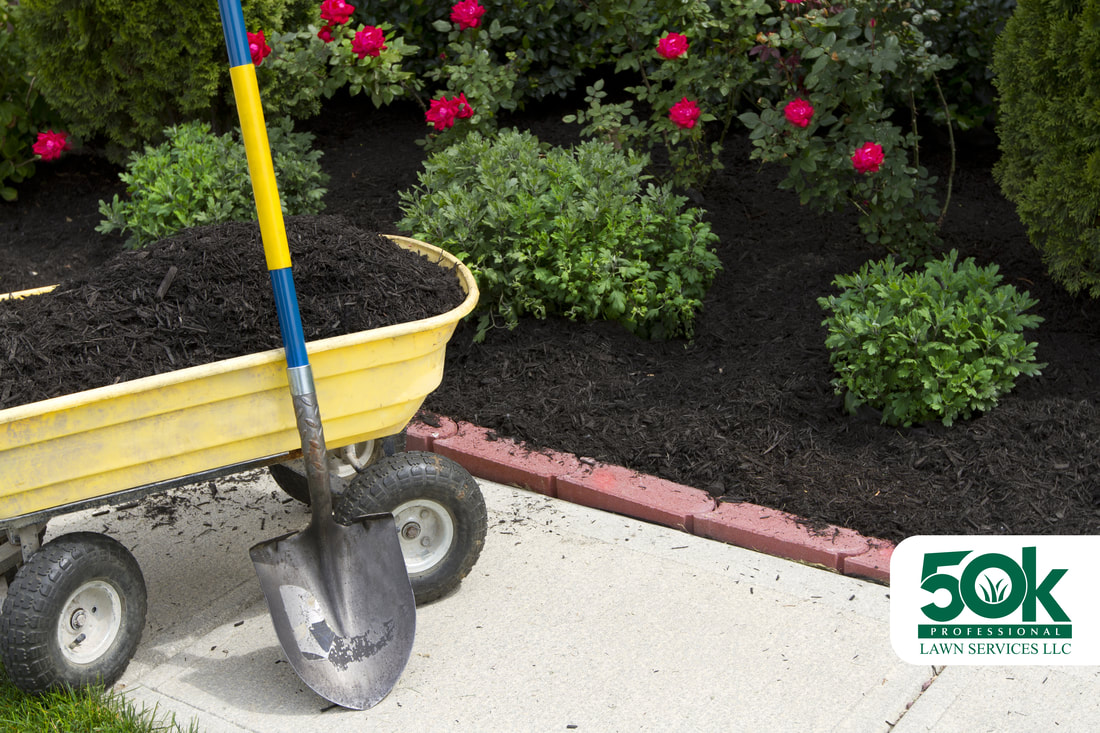 Mulching with Organic Mulch Mulching with Organic Mulch The Mulching Method To get the most out of mulching for winter protection, follow these simple steps:
Expert tip: Aim for a mulch layer of about 2-4 inches. Too little won't provide sufficient insulation, while too much can suffocate the roots. As winter approaches, taking the time to mulch your trees can be the difference between a thriving garden come spring and one that starts the season at a disadvantage. By following these guidelines and choosing the right materials, you're not just protecting your trees; you're investing in their future health and growth. So, grab your mulch and get ready to give your trees the winter coat they deserve.
Keeping a yard well-maintained and beautiful all year round is no small feat. It involves a multitude of tasks, from edging and blow cleaning to tree and shrub trimming, organic debris hauling, leaf removal, uprooting dead plants, and transplanting. While each of these services is crucial to the health and aesthetics of your yard, juggling them all can be overwhelming and time-consuming. That's why we offer a flat-rate, all-inclusive package for a full yard cleanup. You can entrust your yard to us, knowing that every aspect will be meticulously taken care of without the stress of managing multiple services and costs. Plus, if you only need specific services, you can choose them a la carte to meet your unique needs. Additionally, proper yard care promotes a healthier environment by reducing pests, controlling weeds, and maintaining soil nutrients. It supports local wildlife by providing habitat and food sources. A lush, green yard also helps improve air quality by filtering dust and pollution. The sights, sounds, and smells of a beautiful yard can even promote a sense of well-being and tranquility for you and your family. Here's a closer look at the services included in our all-inclusive package: Mowing & Edging: Mowing and edging are two of the most important aspects of lawn care maintenance. Together, they create clean lines and crisp edges that enhance your yard's visual appeal. Our professional mowing service involves cutting your grass at the ideal length and frequency for its specific type and growth rate. In addition to promoting lush, dense grass, proper mowing height prevents issues like disease, weed growth, and drought intolerance. Blow Cleaning: Maintaining a clean and tidy outdoor space involves more than just mowing and edging your lawn. Accumulation of leaves, twigs, and other debris on your lawn, driveways, and walkways can create an unkempt appearance and even pose safety hazards. Blow cleaning, using a leaf blower, is an efficient way to remove these debris and keep your outdoor areas clean and inviting. Tree and Shrub Trimming: Trees and shrubs are vital components of any landscape, adding beauty, providing shade, and enhancing the overall appeal of your property. Regular trimming is essential for maintaining their health and appearance. It involves removing dead or damaged branches, shaping the tree or shrub, and encouraging new growth. Organic Debris Hauling: A well-maintained outdoor space enhances the visual appeal of your property and provides a clean and tidy environment to relax and enjoy. However, accumulation of organic debris such as leaves, twigs, and branches, can make your yard look messy and uninviting. As part of our comprehensive lawn care services, we offer professional hauling away of all organic debris from your property. This includes leaves, small twigs, pruned branches, dead plants, and any other natural refuse generated from maintaining your yard. Leaf Removal: When trees shed their leaves, the accumulated foliage can quickly overwhelm your lawn and landscape. Let us handle professional leaf removal so you can enjoy a pristine outdoor space all season long. Our team uses commercial leaf blowers and vacuum equipment to efficiently collect every fallen leaf from your property. We remove leaves from your lawn to prevent suffocation of the grass. We also clear planting beds, gardens, patios, walkways, driveways and other areas. This prevents hazardous slip spots and keeps hardscapes free of rotting organic material. Transplanting: Sometimes plants outgrow their space, struggle with poor placement, or need dividing to stay vigorous. Transplanting involves carefully relocating plants to give them a refreshed growing environment. Our experts can safely transplant trees, shrubs, perennials, and other specimens as needed. Uprooting Dead Plants: Harsh weather, disease, or general decline can sometimes cause trees, shrubs or perennials in your landscape to die off. Removing these dead plants quickly is crucial for the health of your overall yard. Our team identifies and uproots any vegetation that is clearly dead or dying. We safely extract the entire plant including the root system so that no debris is left behind. This prevents the spread of disease to nearby healthy plants. Removing dead plants also eliminates pest habitat and improves the aesthetics of your yard. Your Yard, Your Choice: Customize Your Services to Fit Your Needs
We understand that each homeowner's yard care needs are unique. While some may want our full suite of lawn services, others may only require specific maintenance or cleanup tasks. That's why we've designed our program to provide you maximum flexibility and customization. Our comprehensive yard care package offers the convenience and affordability of a flat-rate for the complete set of services. This allows you to check yard maintenance off your list in one fell swoop. The full package works well for those seeking an all-inclusive solution. However, we also offer the ability to select individual services a la carte to fit your particular requirements. Maybe you just need mowing and trimming this month. Or perhaps leaf cleanup is the only task that's overwhelming you this season. We make it easy to choose only the specific lawn care or cleanup jobs that your yard is needing. No packages required - simply tell us which services you want and we'll provide a quote. We can even set up recurring maintenance for certain tasks. This "pick and choose" flexibility ensures you receive customized care tailored to your landscape. At the end of the day, we want you to have the yard you envision, no matter what that looks like. Work with us to achieve your ideal outdoor space - whether that means utilizing our full suite of services or selecting individual maintenance needs. We're here to help your yard thrive and suit your lifestyle. Imagine a world where our gardens flourish without harming the environment. That's the promise of organic fertilization and the revolutionary Actively Aerated Compost Tea (AACT) now infused with rain water! The fertilization industry has evolved dramatically over the years. Gone are the days when we solely relied on chemical-heavy solutions to nurture our gardens. Now, the industry is seeing a shift towards organic and sustainable methods, ones that care for both plants and the planet. Organic Fertilization and Actively Aerated Compost Tea (AACT): A Paradigm Shift Delve into the transformative world of Organic Fertilization and Actively Aerated Compost Tea (AACT). More than just buzzwords, they signify a marked change in how we nourish our gardens. Organic Fertilization taps into nature's bounty, providing plants with a chemical-free, nutrient-rich diet, while ensuring environmental balance. Meanwhile, AACT introduces a powerful mixture of beneficial microorganisms, revitalizing the soil and boosting plant health. Embracing these innovations challenges conventional gardening practices. It's no longer just about feeding plants; it's about aligning with nature, ensuring sustainability, and promoting environmental harmony. As we look to the future, adopting these methods isn't just commendable—it's essential for a greener world. Actively Aerated Compost Tea (AACT): Pioneering Sustainable Plant Care In the vast expanse of fertilization techniques, our approach doesn't just differ—it sets a new benchmark. While a large segment of the industry remains tethered to the chemical-intensive norms of yesteryears, we've chosen a path informed by global wisdom. Venturing beyond traditional borders, we've immersed ourselves in indigenous and time-tested organic methodologies, many of which remain underrepresented in mainstream American agricultural discourse. Natural and Nourishing: We champion natural fertilizers, a decision driven by the myriad benefits they offer. Aside from ensuring plants flourish without the detrimental effects of chemical burns, these fertilizers inherently minimize the risks associated with over-fertilization. The reduced potential for nutrient runoff further underscores their environmental efficacy. AACT - The Heart of Organic Revolution: At the epicenter of our innovative regimen is AACT, a veritable elixir for plants. Imagine a concoction brimming with beneficial bacteria, industrious nematodes, fungi, and other microorganisms. These aren't just microscopic entities; they're the unsung heroes of soil health. They tirelessly work to decompose organic materials, liberating essential nutrients in the process. This microbial activity renders many mechanical interventions, such as dethatching, obsolete, ensuring a less invasive approach to soil health. Quality Assurance: We aren't just content with crafting AACT; we're committed to ensuring its superiority. Every batch we produce is subjected to an exhaustive scrutiny process, leveraging advanced microscopic technology. By magnifying its constituents up to 1200 times, we ascertain the microbial consistency and vitality of our concoction. This diligence ensures that what reaches the plants is nothing short of the best. Immediate Impact: Due to its aqueous nature, AACT doesn't dawdle. Once introduced to plants, it's rapidly assimilated, benefiting everything from the verdant leaves to the intricate root networks. This swift action means plants don't have to wait to avail the nourishment they crave. A Holistic Commitment to Safety: Beyond its botanical benefits, AACT shines as a beacon of safety. Whether you're a pet parent, a gardening enthusiast, or someone concerned about the planet's well-being, AACT has you covered. By eschewing chemicals, we've crafted a solution that's as friendly to your backyard's fauna as it is to the flora. In our journey to redefine fertilization, AACT emerges not just as a product, but as a philosophy. A philosophy that prioritizes sustainability, efficacy, and harmony with nature. The Unparalleled Benefits of Organic Fertilization
Organic fertilization stands out as a beacon of sustainable growth, offering a multitude of benefits that transcend the mere act of nourishing plants. This method offers a symbiotic relationship between soil, plants, and the environment: Revitalized Soil Health: Organic fertilization is akin to giving the soil a vitality boost. By nurturing a thriving microbial community, the soil witnesses improved texture and structure. This microbial diversity is instrumental in breaking down organic matter into essential nutrients, improving the soil's aeration and permeability. The enriched soil not only facilitates healthier plant growth but also plays a pivotal role in moisture retention. In periods of erratic rainfall or drought conditions, this increased water-holding capacity becomes a lifeline for plants. Balanced Nutrient Supply: The gradual decomposition of organic fertilizers is a boon for plants. Instead of being inundated with nutrients all at once (as is often the case with synthetic fertilizers), plants receive a steady and consistent flow of essential minerals and nutrients. This balanced delivery ensures that plants are nurtured over extended periods, promoting vibrant, robust, and sustained growth. Safety First: The world of synthetic fertilizers is fraught with risks, from nutrient burns to soil degradation. Organic fertilizers, on the other hand, are formulated from natural materials, making them inherently safer. They provide nutrients in a form that plants can easily assimilate, reducing the risk of 'nutrient shock'. Moreover, by eliminating harmful chemicals, organic fertilizers negate the risk of introducing toxic substances into our environment. Enhanced Nutrient Absorption: The harmony between organic fertilizers and soil processes is truly remarkable. The organic matter present in these fertilizers bonds with soil particles, preventing nutrients from being washed away. This process, known as nutrient chelation, ensures that nutrients remain available in the soil, enhancing their absorption by plant roots and reducing wastage. Robust Plant Growth: The saying "you are what you eat" rings true for plants as well. By providing a rich diet teeming with a diverse range of nutrients and beneficial microbes, organic fertilizers lay the foundation for strong and resilient plants. A well-nurtured root system can better withstand challenges such as drought, pests, diseases, and other stressors. Eco-Consciousness: The environmental footprint of our agricultural practices is undeniable. Synthetic fertilizers have long been associated with water pollution, soil degradation, and harm to aquatic life. In stark contrast, organic fertilizers stand as a testament to sustainable and eco-friendly agriculture. By eliminating harmful chemicals and agents, these fertilizers ensure the well-being of our delicate ecosystems, especially our water bodies that bear the brunt of nutrient runoff. In essence, organic fertilization doesn't just feed—it rejuvenates, heals, and protects. It operates in sync with Earth's natural rhythms, fostering a harmonious relationship between soil, plants, and the environment. With trailblazing solutions like AACT lighting our path, the future of organic fertilization doesn't just look bright—it embodies the very essence of sustainability. Are you ready to be part of this green revolution? Embrace organic fertilization and witness firsthand the gratitude of nature through its bountiful returns. Creating Curb Appeal If you plan to put your home on the market soon, strategically enhancing your outdoor spaces through landscaping and exterior improvements can make a remarkable difference in its curb appeal to potential buyers. First impressions matter greatly when home buyers are considering properties to purchase. The right landscaping can capture a buyer's attention and admiration right from the moment they pull up to the curb. A beautifully maintained exterior conveys that the entire home has been well-cared for. Here are key landscaping tasks to consider before listing your home for sale: Revitalizing Your Lawn Your lawn is one of the first things buyers notice when approaching your home. A lush, vibrant, green lawn makes a fantastic first impression, signaling that the home has been meticulously maintained. Revive your lawn by filling in bare spots and reseeding areas with dying grass to create a lush, healthy, green lawn. Regular fertilization supports strong growth, while consistent mowing and edging result in clean, appealing lines that enhance the overall appearance. Organic Fertilization and Actively Aerated Compost Tea Starting at $50 + Sales Tax: Our organic lawn fertilization and aerated compost tea services use only natural ingredients to nourish your lawn and soil microbiome. Organic fertilizers feed the lawn and roots while also promoting populations of beneficial microbes, worms, and fungi in the soil. Compost tea delivers a boost of these living organisms. This organic approach enables deep, vigorous, and sustainable lawn growth without relying on harsh synthetic chemicals. Chemical fertilizers can damage soil health over time by disrupting soil pH and microbial balance. They also contribute to toxic runoff that harms local ecosystems. By avoiding synthetic chemicals, our organic fertilization and compost tea applications are much safer for the environment and wildlife in surrounding areas. They also pose no health risks for your family and pets that play on the lawn. Children and pets won't be exposed to toxins that linger after chemical treatments. Our organic lawn solutions focus on holistic care by nourishing the living soil ecosystem. This cultivates the strongest, healthiest turfgrass and establishes the foundation for an environmentally friendly landscape. Overseeding Starting at $21.10 + Sales Tax: Lawn overseeding breathe new life into your lawn, fostering the growth of robust, lush grass. Over time, your lawn can become thin, patchy, or damaged due to factors like heat stress, excessive foot traffic, pet urine spots, or pest problems. Our overseeding service revitalizes unhealthy areas and enhances the overall vitality of your lawn. We first prepare the soil, removing debris, aerating, and raking damaged spots. Then we apply premium grass seed blends tailored to match your specific lawn type and soil conditions. The grass varieties we select are climate-adapted and ideal for the sun exposure, drainage, and maintenance needs of your yard. The newly sown grass seeds germinate and establish over 3-4 weeks with proper watering. As the grass matures, the new growth blends into surrounding areas for a seamless, denser lawn that looks rejuvenated and vibrant. Overseeding in early fall allows the new grass to establish before summer stresses arrive again. In addition to improving thin or worn areas, our overseeding enhances overall lawn density, resiliency, and visual appeal. It fills in patchy sections to create a lush, verdant lawn that makes a fantastic first impression. The thick turf coverage also crowds out weeds and reduces future problems. Your revitalized lawn will be an attractive feature that boosts your home's curb appeal. Mowing and Edging Starting at $35 + Sales Tax: We offer both weekly and bi-weekly lawn mowing service plans that can be customized to match your needs and budget. Weekly mowing keeps your lawn looking its best during peak growing seasons when rapid growth occurs. Bi-weekly mowing may be sufficient during cooler times when growth slows. Our scheduling adapts to the prevailing weather patterns year-round. We'll mow more frequently during rainy spells that spur fast grass growth, and scale back as needed during hot, dry periods. This ensures your lawn gets mowed at the ideal intervals for optimal health and appearance. No two lawns are exactly alike. Factors like sun exposure, drainage, foot traffic patterns, and problem areas are all considered. Ongoing communication ensures adjustments as needed with seasonal changes. Let us customize scheduled mowing to keep your lawn looking great all year. Consistent care reinforces that sought after lush, manicured look that elevates curb appeal. Revamping Flower Beds (Mulching, Planting, Weeding): Refreshing the mulch in your flower beds is an easy way to breathe new life into tired garden spaces. Start by clearing out any overgrown or dead plants, cutting back any leggy growth and removing weeds. This gives you a clean slate to work with. Organic mulches like shredded bark or wood chips are ideal for flower beds, as they will gradually break down and enrich the soil over time. The mulch helps to conserve moisture, keeping plant roots cooler and reducing water evaporation from the soil surface. It also prevents weed seeds from germinating, cutting down on maintenance. When selecting new plants, we recommend low-maintenance, drought tolerant perennials that are adapted to your gardening zone. Focus on having a cohesive color palette and mix early, mid and late season bloomers to ensure non-stop flowers. Space plants appropriately and use edging or borders to keep a defined shape to beds. A fresh mulch application once or twice a year will keep your beds looking tidy and refreshed. Mulch Delivery and Installation Starting at $139.22 + Sales Tax per Yard: Get your lawn and garden ready for spring with fresh mulch delivered and professionally installed by our team. We offer both brown and black mulch options, sustainably sourced from our mulch recycling facility here in Austin. Our mulch delivery and installation service covers the entire Austin area. We'll bring the mulch right to your doorstep and spread it evenly across your lawn, garden beds, or anywhere else you need it. Pricing starts at just $139.22 per cubic yard of mulch, plus applicable sales tax. The price includes delivery and installation. Need more or less mulch? No problem! We can deliver and install any quantity. Mulch has many benefits for your lawn and plants. It helps retain moisture, prevents weeds, moderates soil temperature, and gives your landscape a polished, finished look. Our mulch is 100% organic and safe for plants, pets, and kids. Premium Tree & Shrub Planting Service in Austin & Central Texas: Austin's climate is unique, and it’s essential to factor in its hot summers and occasional cold snaps when planning a garden. By making smart plant choices, you can ensure a beautiful and sustainable garden. Here's how: Go Native or Choose Adapted Plants:
Play with Colors and Textures:
Low-Maintenance Perennials and Annuals: A Sustainable Garden Strategy The key to a resilient, low-maintenance garden lies in the plants you choose. By selecting the right blend of perennials and annuals, especially those indigenous to your region, you can curate a garden that's both easy on the eyes and low on demands. Choose Indigenous Perennials:
Cluster Plants by Needs:
Complement with Annuals:
Weeding Service starting at $24.99: Regular weeding and edging are important maintenance practices for keeping garden beds looking tidy and healthy. Weeds compete with desired plants for water, nutrients and sunlight. Removing weeds promptly when they are small prevents them from establishing deep roots and spreading seeds. Weekly weeding sessions help keep beds weed-free and allows ornamentals to thrive. Using tools to remove the entire weed including the roots prevents regrowth. Installing edging creates defined boundaries between planting beds and lawns. This keeps the beds from appearing overgrown and unkempt. Edging options like metal or limestones can be installed around the perimeter of beds to act as a barrier against invading weeds and grass. The edging provides a crisp, clean delineation between the planted space and the surrounding lawn. Careful weeding and edging is more than just aesthetics. It promotes the health of ornamental plantings, prevents beds from being overtaken by weeds, and gives the landscape a neat, polished look. These simple maintenance practices are fundamental to keeping garden beds looking their best. Wash Away Dirt and Grime (Power Washing): Power washing is an effective way to restore and refresh the exterior surfaces of a home. By using pressurized water, power washing can remove built up dirt, mildew, mold, and faded paint on surfaces like:
In addition to aesthetic benefits, power washing prepares exterior surfaces for new finishes by removing chalky paint or aging stains. It's an inexpensive way to make a home look fresh, clean and well-cared for. Pruning Shrubs and Trees (Trimming, Shaping, Elevated Trimming): Pruning overgrown trees, shrubs, and plants is an important way to open up cluttered outdoor spaces and let your home shine. Here are some key benefits:
Get your yard ready for the season with our full yard cleanup package. Starting at $199.14 + sales tax, we provide a comprehensive seasonal full yard cleanup including:
Our full yard cleanup gets your landscape ready for the new season with a revitalizing refresh. It's an investment that enhances curb appeal and maximizes your property's visual impact for prospective buyers. Let us restore your yard's health and beauty with our all-inclusive cleanup package. Requesting a free quote is quick and easy:
Let us know you're interested in a free quote for revitalizing your home's curb appeal. We'll promptly assess your landscape and exterior and provide a personalized quote outlining recommended services. Contact us today to get the process started! The holidays are a time of joy, merriment, and celebration. As the seasons change and autumn leaves begin to fall, excitement builds for the upcoming festivities. Preparing your home, both inside and out, is an essential part of setting the mood for these special occasions. When it comes to your indoor space, consider how you can make arrangements to accommodate any visiting friends or family. Set aside guest rooms, ensure your living spaces are tidy, and decorate with festive accents to get into the holiday spirit. Hang wreaths, display seasonal throw pillows, light candles, and fill your home with the inviting aromas of cinnamon and pine. Your outdoor space also plays a significant role in creating a warm atmosphere for gatherings this time of year. A tidy, autumn-ready yard provides additional space for activities and celebrations. Rake up fallen leaves, trim bushes and trees, and sweep walkways to give your property a well-maintained look. Add festive touches outside by scattering pumpkins along the front path, displaying potted mums, and planting cool weather flowers like pansies and violas. String twinkling lights on trees and bushes to give your yard a magical glow when the sun goes down. With some planning and decorating, your indoor and outdoor areas can provide the perfect backdrop for celebrating the holidays with loved ones. A welcoming home and yard will impress your guests and set the mood for a joyful season filled with lasting memories. The holiday season is a busy time for everyone, with so many things to prepare and organize. One important aspect that often gets overlooked in the hustle and bustle is the maintenance of your outdoor space. A clean and well-maintained yard not only enhances the curb appeal of your home but also provides a pleasant and inviting environment for your guests. Our fall yard cleanup service is designed to ensure that your outdoor space is in its best condition before the holidays arrive. Here is a detailed breakdown of our services:
Creating a memorable and enjoyable atmosphere for your Thanksgiving gathering involves more than just preparing a delicious meal and decorating your home. Your outdoor space plays a crucial role in setting the tone for the celebration. A well-maintained and beautifully decorated yard can make a lasting impression on your guests and create a warm and inviting atmosphere that enhances the overall experience.
With a little creativity and preparation, your outdoor space can provide so many opportunities for fun, bonding, and making magical moments with family and friends this holiday season. Taking the time to ready your yard will allow you to fully immerse yourself in the most wonderful time of the year.
Carpe Diem, the Latin phrase meaning "seize the day," embodies the aspiration to make the most of every moment. Although typically linked to personal growth and adventure, the environment we immerse ourselves in also holds significant importance. Let's delve into the ways in which a favorable landscape can ignite and nurture the Carpe Diem mindset, enabling you to embrace life's possibilities and live purposefully.
Inspiring Natural Beauty: A well-designed landscape provides a visually captivating backdrop that awakens our senses and inspires us to appreciate the beauty of the present moment. The sight of lush greenery, blooming flowers, and breathtaking vistas can evoke a sense of wonder and remind us to seize the day. Cultivating Mindfulness: A good landscape offers an ideal environment for practicing mindfulness, which is essential for fully experiencing each moment. Spending time in nature allows us to engage our senses, focus on the present, and develop a deep connection with our surroundings. This heightened awareness helps us embrace the present and seize the opportunities it offers. Fostering Adventure and Exploration: A landscape with diverse features, such as meandering paths, hidden corners, and intriguing nooks, encourages us to venture out and explore. It sparks a sense of curiosity and adventure, nudging us to seize the day by embarking on new journeys and discovering hidden gems in our surroundings. Providing Outdoor Recreation Opportunities: An inviting landscape offers opportunities for outdoor recreation and activities that can enrich our lives. Whether it's hiking, biking, gardening, or simply picnicking in a serene setting, engaging in such activities helps us seize the day by actively participating in experiences that bring joy, fulfillment, and a sense of achievement. Creating Serene Retreats: A well-designed landscape can include peaceful retreat areas, such as cozy seating nooks or tranquil gardens, that provide a sanctuary for reflection and rejuvenation. These spaces allow us to escape the hustle and bustle of everyday life, seize the day for introspection, and gain clarity on our goals and priorities. Encouraging Social Connections: A good landscape often fosters opportunities for social interactions, bringing people together to share experiences and create memories. Community gardens, outdoor gathering spaces, or recreational areas can serve as platforms for building meaningful relationships and seizing the day by embracing the company of others. Supporting Personal Growth: A landscape that offers opportunities for personal growth and self-improvement further enhances the Carpe Diem mindset. Consider incorporating spaces for meditation, yoga, or reading into your landscape, creating an environment that encourages self-reflection, learning, and personal development. A good landscape has the power to inspire and support the Carpe Diem mindset, urging us to seize the day and embrace life's possibilities. By providing natural beauty, fostering mindfulness, encouraging exploration, offering recreation opportunities, creating serene retreats, facilitating social connections, and supporting personal growth, a well-designed outdoor environment becomes a catalyst for living purposefully and making the most of every moment. So, step outside, immerse yourself in a captivating landscape, and seize the day with a renewed sense of passion and purpose. In this blog post, we answer the why, the when, and the what in repairing the lawn with the same variety of grass sod plug to repair thin areas. Grass sod plug repair is a fantastic way to repair small patches of your lawn using the same variety of grass that you already have. By using plugs of grass sod that match your lawn's specific grass variety, you can maintain a uniform appearance and ensure the health of your lawn. This method is more cost-effective than regular sods and can be done at specific times of the year for optimal results. In this article, we will explain the scientific basis behind grass sod plug repair, the ideal time to do it, and an approximate turnaround time for the new plugs to spread. Why is grass sod plug repair more cost-effective than regular sods?When repairing your lawn, it's essential to use the same grass variety to ensure a consistent appearance and maintain the health of the lawn. By using grass sod plugs instead of regular sods, you can significantly reduce the cost of lawn maintenance. Here are a few reasons why this method is more cost-effective:
When is the best time to do grass sod plug repair?The ideal time to perform grass sod plug repair is during the active growing season of your specific grass variety. For cool-season grasses, this typically occurs in the spring and fall months, while warm-season grasses grow most actively during late spring to early summer. By repairing your lawn during these periods, the grass sod plugs will have the best chance of establishing themselves quickly and spreading to cover the damaged areas. What is the turnaround time for new plugs to spread?
Grass sod plug repair is an effective and cost-efficient method for maintaining a healthy and uniform lawn. By using the same grass variety and performing the repair during the active growing season, you can ensure a faster recovery time and a beautiful, consistent appearance. Remember that proper care and maintenance will help the new grass sod plugs establish and spread, ultimately revitalizing your lawn.
No Subcontracting: A Cautionary Tale
There was a time in 2018 when we had completed our first 1,000 jobs with relatively minor mistakes. We thought that we had mastered the business at the time, and decided to expand our reach by subcontracting work to other contractors for a little markup. It was a brilliant idea, we thought, and every venture capital backed startup back then was also doing it. And so, we joined the bandwagon. Like any business, we've had our share of challenges and learning experiences. One such experience stands out, and it has shaped our approach to providing high-quality landscaping services in Austin, Texas: A costly mistake involving subcontracting taught us the importance of retaining control over the quality of our work and putting our clients' interests first, above everything else. 5 years ago, we trusted a subcontractor with a fence job, only to have them disappear without completing the project or delivering the necessary materials. Our efforts to seek legal recourse proved futile, as the resources required to locate, adjudicate, and hold the contractor accountable would cost more than twice the job we were frantically trying to complete at the time. As our outside counsel once told us, "You are throwing good money after bad money. We would be lucky if that contractor is even solvent." This unfortunate event left an indelible mark on our team, and we vowed never to subcontract crucial work to other contractors, regardless of their reputation or size. Instead, we now handle all the work ourselves, ensuring top-quality results and dependability for our discerning clientele in Austin, Texas. It may be inefficient. But vowed to learn from the experience. This is the only way we can be sure that each of the previous 8,000 jobs we have completed since get completed by us from start to finish. In instances where we cannot perform specific tasks or lack the required licensing – such as in irrigation, electrical, or plumbing work – we are very transparent about our limitations. In such cases, however, any subcontracted work is minor and immaterial to the overall project, allowing us to maintain full control. Examples of very minor subcontracting include repairing broken irrigation lines, capping water valves, or fixing low-voltage landscape electrical or fiber optic lines. Our Key Lessons Learned:
Our past experiences have taught us valuable lessons, enabling us to focus on our core competencies and maintain control over our projects. By doing so, we can confidently deliver exceptional landscaping results and keep all the knowledge learned in-house. And of course, to keep on refining and sharpening our saw. The truth of our story may surprise you, as it involves overcoming challenges, embracing emotions, and reflecting on our journey to better serve our clients. Our business began with a simple 512 number displayed on our Craigslist ad. Yes, we were once one of those guys spamming "We mow your lawn for $20" on Craigslist. But see, as we ventured out into the field, mowing lawns with unwavering focus and dedication, we encountered a problem: the persistent hum of our equipment drowned out the sound of incoming calls.
We experienced frustration and disappointment, knowing that each missed call represented a potential client we couldn't connect with. Desperate to find a solution, we considered adding another phone number to our Craigslist ad. We believed that when one of us was mowing, the other could be trimming, and at least one of us would be available to answer the phone. So, we added a second number, unaware of the complications it would bring. What we didn't realize was that integrating a parallel phone system would double our efforts and amplify our challenges. This decision led to confusion becoming a regular occurrence as we grappled with managing two phones, two sets of call logs, and twice as many text messages for requests, quotes, and feedback. Lacking a Customer Relationship Management (CRM) system, we found ourselves relying solely on an Excel spreadsheet to manually enter and track all our communications. The pressure mounted, and we knew we needed a better solution. It only took one long, exhausting day and one weary landscaper for the cracks to begin to show. And that's when the idea of the 844 number emerged. Our 844 number would create a call blast to all our local phone numbers, connecting 2 phones (at the time 2, we have more than a dozen lines now and counting...) in a seamless, synchronized system. It was a really easy solution that offered a glimmer of hope to a sophisticated problem. As we implemented the 844 number, we began to see the positive impact it had on our business. No longer were we fumbling through multiple devices and fragmented communication; instead, we now had a single point of contact to find call log and centralized text messages to manage. It was a breath of fresh air that simplified our lives and allowed us to focus on what truly mattered - our clients. While an 844 number may now be synonymous with robocalls and scams, our decision to adopt it stemmed from a genuine desire to solve a real-world problem and improve our services. As we read our online reviews, we experience a mix of emotions - from pride in our achievements to the sting of criticism. It can be both flattering and very hard to read. But we continue to reflect, learn, and grow, striving each day to provide the best possible service to you, our valued clients. Our journey has been filled with emotions, reflection, and challenges, but at its heart, it remains a story of dedication, resilience, and innovation. We are the change we wish to see in the world. Cultural and Biological Weed Control Management, 100% Organic and Natural. How do we do it?3/28/2023 We've been approached, researched, and investigated by multiple corporate giants and their industry investigators, all of whom have wondered, "How on earth do you control weeds without using our herbicides?" In this blog post, we aim to demystify the world of organic gardening. The ideas presented here are not original to us; instead, they are age-old practices handed down through generations of organic farmers. Unfortunately, much of this knowledge has been forgotten. We're here to immortalize these practices on the internet, helping to lessen our dependence on outdated chemical technologies. A little background about us: We're not a massive conglomerate but rather ordinary people who, like you, seek a normal, cancer-free life. From the beginning, we decided against using chemicals. We would rather not risk our health for profit. As a result, our journey has been filled with numerous obstacles and insurmountable challenges. We encountered a plethora of misinformation online, leaving us to wonder: either no one truly understands how to do organic weed control management correctly, or somebody is intentionally misinforming the public. Regardless, our goal was to find a 100% organic solution that works. Fortunately, we have discovered the answers that we are now presenting to you on a silver platter. There are several cultural and biological weed management strategies that homeowners like you (and even other companies) can use to control weeds in your lawns and gardens. These methods are more sustainable, environmentally friendly, and often more effective than using chemical herbicides. In fact, we are making this available to the public because as time goes by we really would rather have a societal paradigm shift. We would love to see the practices we found be use by other companies and lessen our overall exposure to chemicals.
When mulching around plant beds, avoid using weed fabric underneath the mulch layer. The reason for this is that organic mulch will naturally decompose over time, contributing to the nutrient cycling process and enriching the soil. Weed fabric can inhibit this decomposition process and may even create a barrier that prevents water and nutrients from reaching plant roots. Instead, opt for a thick layer of organic mulch, which will gradually break down and improve soil structure and fertility. As the mulch decomposes in plant beds, you may notice some weed germination or a decrease in the thickness of the mulch bed. This is an excellent time to hand weed specific areas and add more mulch to maintain its weed-suppressing abilities and continue promoting a healthy garden environment. Regularly monitoring and replenishing your mulch layers will ensure that your garden remains weed-free and vibrant. In lawns, areas that were top dressed would eventually be filled by perennial grasses. Note that this takes time. Root exudates propagate at 65F and warmer. If it is too cold, the lawn simply remains dormant until the right temperature comes. In addition to weed suppression, mulching provides other benefits such as moderating soil temperature, reducing soil erosion, and providing a habitat for beneficial insects and microorganisms. By incorporating mulching into your gardening routine, you can create a more sustainable, low-maintenance, and productive garden that thrives without the need for synthetic chemicals.
Leguminous cover crops, such as clover, have the unique ability to fix nitrogen from the atmosphere, making it bioavailable in the soil for future plant use. This characteristic can reduce or even eliminate the need for synthetic nitrogen fertilizers, promoting more sustainable urban and rural farming practices. Other cover crops, including buckwheat, barley, mustard, and radish, function as nutrient scavengers, preventing the loss of nutrients through leaching into groundwater or surface runoff. Cover crops also play a crucial role in soil conservation, particularly in highly eroded areas. They protect the soil surface from wind and water erosion while their root systems help anchor the soil, preventing the loss of valuable topsoil. Some cover crops produce allelopathic chemicals or attract beneficial insects that prey on pests, helping suppress soil-borne diseases and pests, reducing the need for chemical pesticides. Finally, cover crops contribute to a more balanced and resilient ecosystem by increasing plant diversity and providing habitat and food sources for beneficial insects, birds, and other wildlife. By integrating cover cropping into your gardening or farming practices, you can lessen unwanted weed germination, enhance soil health, productivity, and sustainability, working harmoniously with the environment.
Crop rotation and intercropping help break pest and disease cycles by reducing host plant availability, indirectly contributing to weed control by fostering healthier, more vigorous crop growth capable of competing with weeds. Relying exclusively on herbicides for weed control can result in herbicide-resistant weed populations. Employing crop rotation and intercropping as part of an integrated weed management strategy can minimize herbicide use and delay herbicide resistance development. Furthermore, crop rotation and intercropping boost biodiversity, attracting beneficial organisms like insects, birds, and microorganisms that help control weeds by consuming weed seeds or inhibiting weed growth. Overall, these practices contribute to more sustainable and environmentally friendly weed management solutions.
By carefully selecting companion plants that release allelopathic compounds or create physical barriers, you can naturally reduce weed growth and minimize the need for chemical weed control methods. Allelopathic plants: Certain plants release allelopathic chemicals that can inhibit the germination and growth of weeds. By planting these species alongside your desired plants, you create a natural form of weed suppression.
Examples of allelopathic plants include:
Examples include:
Incorporating a variety of plant species in your garden can make it more difficult for weeds to establish and thrive. Diverse plantings create a complex environment that offers different root structures, growth patterns, and resource competition, making it challenging for weeds to find a niche in which they can flourish. By using companion planting as part of your overall organic weed management strategy, you can create a more balanced and resilient ecosystem that naturally suppresses weed growth, reduces the need for chemical herbicides, and promotes healthier, more productive gardens. Lastly, the use of all the strategies above helps in creating a natural biological control. This is intelligent use of beneficial insects, such as ladybugs or lacewings, to control pests that can damage or weaken plants, can also indirectly help control weed growth. By combining these cultural and biological weed management strategies, homeowners can develop an integrated weed management approach that is effective, sustainable, and environmentally friendly. It's important to note that these methods require more time, expertise, and effort than using chemical herbicides, but the long-term benefits for soil health, plant productivity, and environmental health make them well worth the time investment. And this is where we come in. We do not sell a bag of fertilizer nor a bag of herbicide. That is the problem with doing things organically. It is not scalable and does not yield incredible returns. Fortunately, we just happen to love what we do. What we offer to our community is a lifelong commitment to organic lawn care and gardening in a highly urbanized environment. We are your personal organic farmer, but instead of propagating potatoes, we are growing grasses, and instead of growing giant sweet corns, we are propagating native flowers. Feel free to ask us any questions in the comments section below. We are here to help. Many new clients have asked us about our weed targeting methods, and we want to clarify our approach. At 50k Professional Lawn Services LLC, we prioritize the health of the soil that your lawn grows in, rather than targeting individual weeds. We take inspiration from organic farms in America and from far flung areas in the world that has not yet been taken over by large conglomerates (yes, we travel the world to get unbiased information to apply to lawns), who use traditional methods to make their crops more resilient to pests, diseases, and weed infestations. By prioritizing soil health, we ensure that your lawn outgrows unwanted vegetation through crop rotation and propagation methods.
Unlike the tens of thousands of other lawn care companies in the industry, we do not rely on pre-emergent nor on post-emergent treatments to control weeds. Instead, we utilize cutting-edge soil science and traditional pre-World War farming methods to propagate lawns. We have extensively researched these methods, debunking misinformation along the way, and developed proprietary techniques to promote optimal soil health for lawns. Our comprehensive approach to organic lawn care includes a combination of soil science, traditional crop management techniques, and advanced technology. By focusing on the health of your soil, we are able to create a thriving, resilient lawn that can resist weeds, pests, and diseases. While we are neither a weed control nor a pest control company, our proprietary techniques have the inadvertent positive effects of suppressing both weed germination and pest infestation for reasons we still do not yet fully understand. Our hunch is a high brix indicator test of grass blade sap resists both through the natural breakdown of sugar in grass root exudation. But then again, this is just a hunch. Another hunch is the unavailability of nitrates in the soil makes it harder for weeds and pests to have immediate nutrients for growth: the lawn on the other hand has the ability to convert organic matter into nitrogen through bacterial decomposition; hence, the use of bacteria dominant compost tea. What we know for sure is that our proprietary method works. We take pride in offering a different kind of service not available anywhere else in Austin that is grounded in science and has been proven to produce impressive results in the real world. We simply focus on creating healthy soil conditions that are favorable to grass growth. That's all. Iron-based herbicides are now being sold as a one size fits all spray for all types of broadleaves. Iron-based weed control has even been proposed as a more natural alternative to chemical herbicides, which are known to have negative impacts on the environment and human health. But, the use of iron-based herbicides for weed control also has significant drawbacks, and in this blog post we will argue that their use should be carefully considered, minimized and even eliminated altogether in your garden routine. It is always best to attack the root cause of the problems (THE SOIL!). The first major problem with iron-based herbicides is their potential negative impact on soil microbiology. Iron is an essential nutrient for plants, but excessive amounts of iron can be toxic to soil microorganisms, which play a critical role in maintaining soil health and fertility. These microorganisms break down organic matter and cycle nutrients, including iron, to plants. The use of iron-based herbicides can lead to the accumulation of iron in the soil, which can inhibit the growth of beneficial microorganisms and disrupt nutrient cycling processes. This can have long-term impacts on soil health and plant productivity, and may require additional inputs of fertilizers and soil amendments to mitigate. In addition to their impacts on soil microbiology, and this is point number 2, iron-based herbicides can also have negative effects on aquatic ecosystems. When iron is applied, it can leach into nearby waterways, where it can be toxic to fish and other aquatic organisms. This can have significant ecological impacts, especially in areas where water quality is already compromised due to other stressors. Iron-based herbicides may also contribute to the formation of harmful algal blooms, which can further degrade water quality and harm aquatic life. In Austin, we have unfortunately had experienced this. Rivers that used to be deemed safe for dogs to swim are now off limits due to the risk of blue-green algal blooms. In fact, Austinites are now being warned to assume that all algal blooms harmful and to simply avoid it altogether. Third, iron-based herbicides are not always effective against all types of weeds. Some species may be resistant to iron-based herbicides, and multiple applications may be necessary to achieve adequate control. This can lead to increased costs, as well as elevated environmental risks and exposure associated with repeated applications. On top of this, iron-based herbicides can damage or kill desirable plants if not applied carefully or in the right conditions. This can have significant economic impacts especially those growing sensitive crops in their backyards. There is a reason why iron-based herbicides for weed control is highly regulated. There is a reason why the spray bottle has the word, "CAUTION", on its label. Fourth, while the initial cost of iron-based herbicides may be lower than chemical herbicides, the need for multiple applications and potential impacts on soil health may increase overall costs in the long run. Iron-based herbicides can be more expensive and less effective than just manually removing weeds by hand and maintaining soil health. This means that if broadleaves are all over your lawn, you have a soil problem, not an iron problem. Fifth issue with iron-based herbicides is their potential to contribute to the development of herbicide-resistant weeds. While iron-based herbicides are not currently used as widely as chemical herbicides, the repeated use of any herbicide can naturally select - through the Theory of Natural Selection, thank you very much Charles Darwin - for weed populations that are resistant to its mode of action. This can lead to the development of superweeds that are difficult or impossible to control, and may require even more toxic or expensive herbicides to manage. The potential for herbicide-resistant weeds is a significant concern, and the use of iron-based herbicides may exacerbate this problem. To conclude, while iron-based herbicides may offer some benefits as an alternative to chemical herbicides, their use should be carefully considered, minimized, and even eliminated whenever possible. The potential negative impacts on soil microbiology and aquatic ecosystems, as well as their limited effectiveness against some weed species, high costs, and potential to contribute to herbicide resistance, all highlight the need for caution when using these products. Homeowners should explore a range of weed control methods, including cultural and biological controls, ground covers, overseeding, checking for soil pH, availability of nutrients, core aeration, as well as manual removal, to develop a holistically integrated organic weed management strategies that are sustainable, cost-effective, and environmentally responsible. But then again, who are we? We may have a conflict of interest against iron-based herbicide manufacturers. That is why we are leaving the International Rice Research Institute (IRRI) to give the final word about iron toxicity in soil, "There is currently no practical field management option to treat iron toxicity." Organic lawn care and traditional lawn care methods refer to different approaches to maintaining a healthy lawn.
Traditional lawn care typically involves the use of synthetic fertilizers, pesticides, and herbicides to control pests and weeds, as well as improve the growth of the grass. This method can quickly produce results, but it may have long-term effects on the environment, including groundwater contamination and harm to beneficial insects and other wildlife. Organic lawn care, on the other hand, relies on natural methods to maintain a healthy lawn, such as using compost, mulch, and other organic matter to improve soil health, and relying on natural predators to control pests. This approach is considered to be safer for the environment and wildlife, but it may take longer to see results and may require more time and effort to maintain. Pros of traditional lawn care:
Cons of traditional lawn care:
Cons of organic lawn care:
Compost tea is a nutrient-rich liquid made by steeping compost in water, then aerating the mixture to promote bacterial growth. Compost tea has become a popular tool for organic lawn care as it provides essential nutrients to the soil and plants, as well as increasing the populations of beneficial bacteria and fungi. In this essay, we will examine the use of compost tea in organic lawn care, including the benefits of using compost tea, how to make and apply compost tea, and the potential drawbacks to its use. The benefits of using compost tea in organic lawn care are many. First and foremost, compost tea provides essential nutrients to the soil and plants. Compost tea contains high levels of nitrogen, phosphorus, and potassium, which are essential for plant growth and overall health. Additionally, compost tea contains other micronutrients and trace elements that are also important for plant growth. By applying compost tea to the soil, you can provide your lawn with the nutrients it needs to thrive. Another benefit of compost tea is that it increases the populations of beneficial bacteria and fungi in the soil. These microorganisms play a vital role in the soil food web, breaking down organic matter, making nutrients available to plants, and suppressing plant pathogens. By increasing the populations of these beneficial microorganisms, compost tea can help improve the overall health of the soil, leading to stronger, healthier plants. Compost tea also provides a natural way to control pests and diseases in the lawn. Beneficial bacteria and fungi in compost tea can help suppress harmful pathogens in the soil, reducing the need for chemical pesticides. Additionally, compost tea can help improve plant resistance to disease and pests by providing essential nutrients and promoting strong plant growth. Making compost tea is relatively simple and requires few materials. To make compost tea, you will need compost, water, and an aeration system. To start, mix compost and water in a large container, then add an aeration system, such as a aquarium air pump, to provide oxygen to the mixture. Aerate the compost tea for 24-48 hours, then strain the liquid and apply it to the lawn using a watering can or spray bottle. Applying compost tea is also straightforward. To apply compost tea to your lawn, simply water the lawn thoroughly with the compost tea mixture. It is recommended to apply compost tea in the early morning or late afternoon, when temperatures are cooler, to avoid damaging the lawn with too much heat or light. Additionally, be sure to water the lawn thoroughly after applying compost tea, to help it soak into the soil. While compost tea has many benefits for organic lawn care, there are some potential drawbacks to consider. One potential drawback is the time and effort required to make compost tea. While making compost tea is relatively simple, it does require time and attention to ensure that the tea is aerated properly and that the right ratios of compost and water are used. Additionally, compost tea must be made fresh, as it can deteriorate quickly if not used immediately. Another potential drawback of compost tea is the cost. While compost tea is generally less expensive than commercial fertilizers, it still requires the cost of compost, water, and an aeration system. Additionally, if you do not have compost readily available, you may need to purchase compost or make your own, which can add to the cost of using compost tea. Finally, compost tea may not be effective for all lawns. The benefits of compost tea are highly dependent on the quality of the compost used and the conditions of the soil. If the compost used to make compost tea is of poor quality or if the soil is not conducive to the growth of beneficial bacteria and fungi, the effects of compost tea may be minimal. |
Call or Text |











